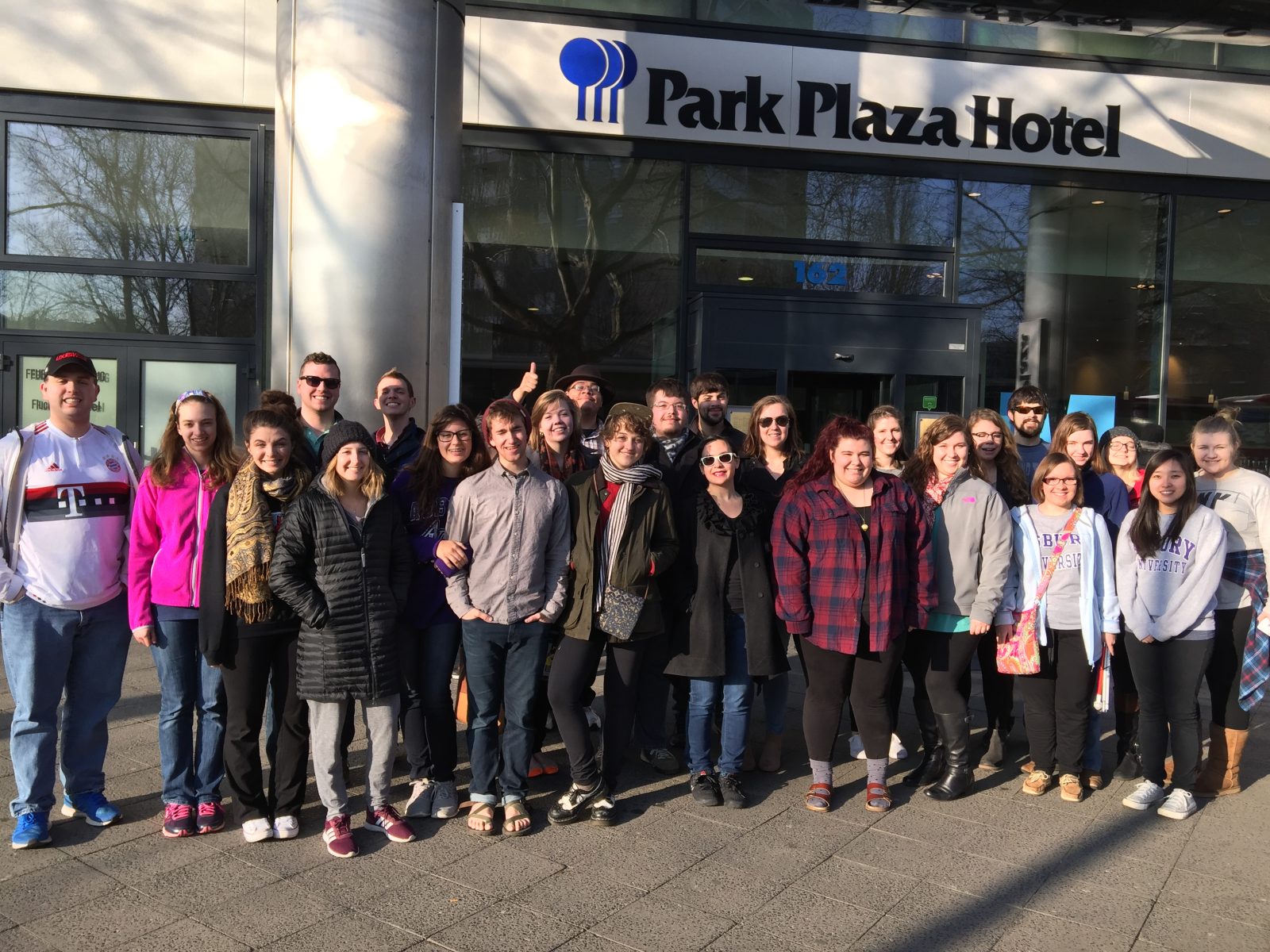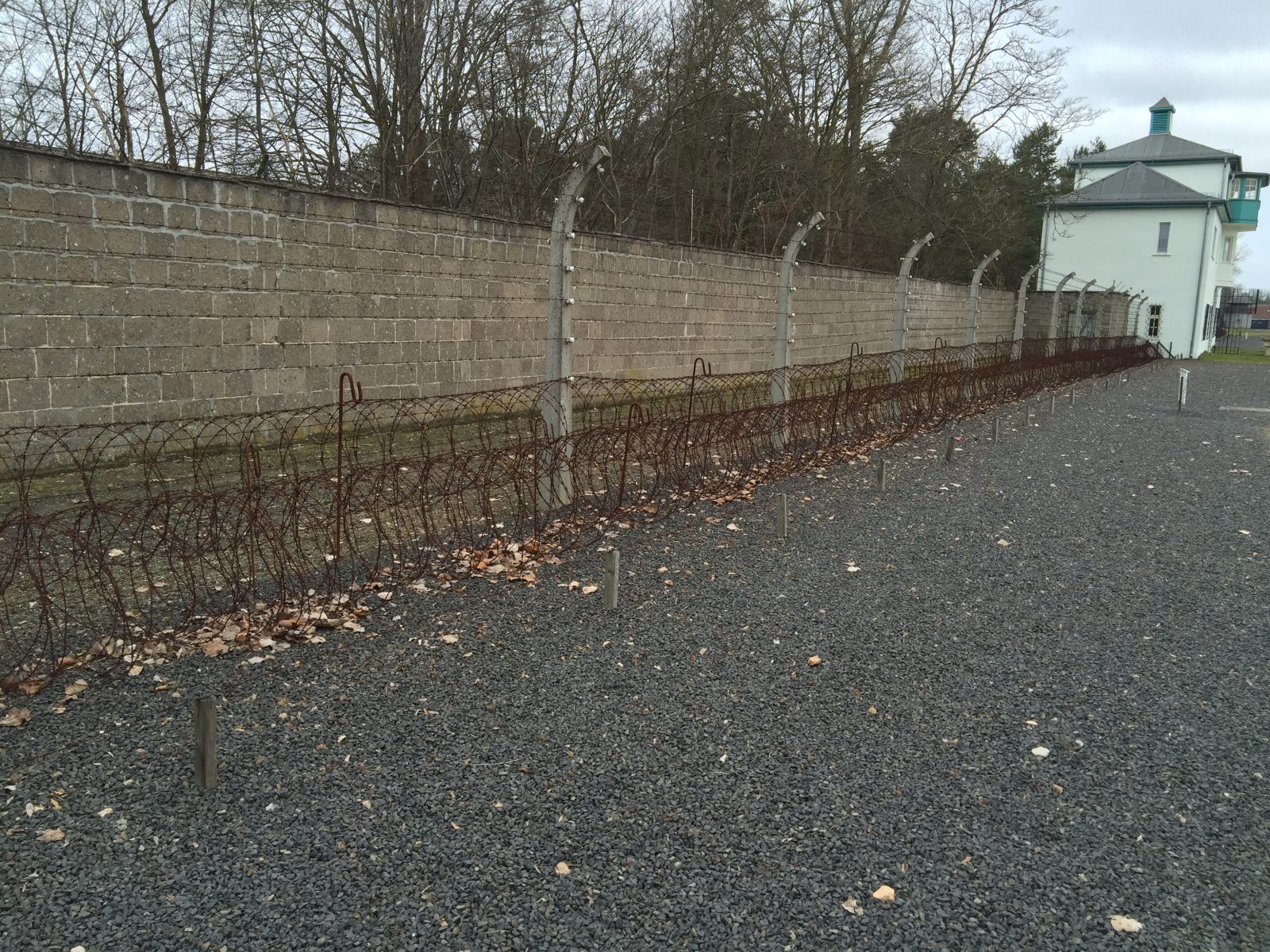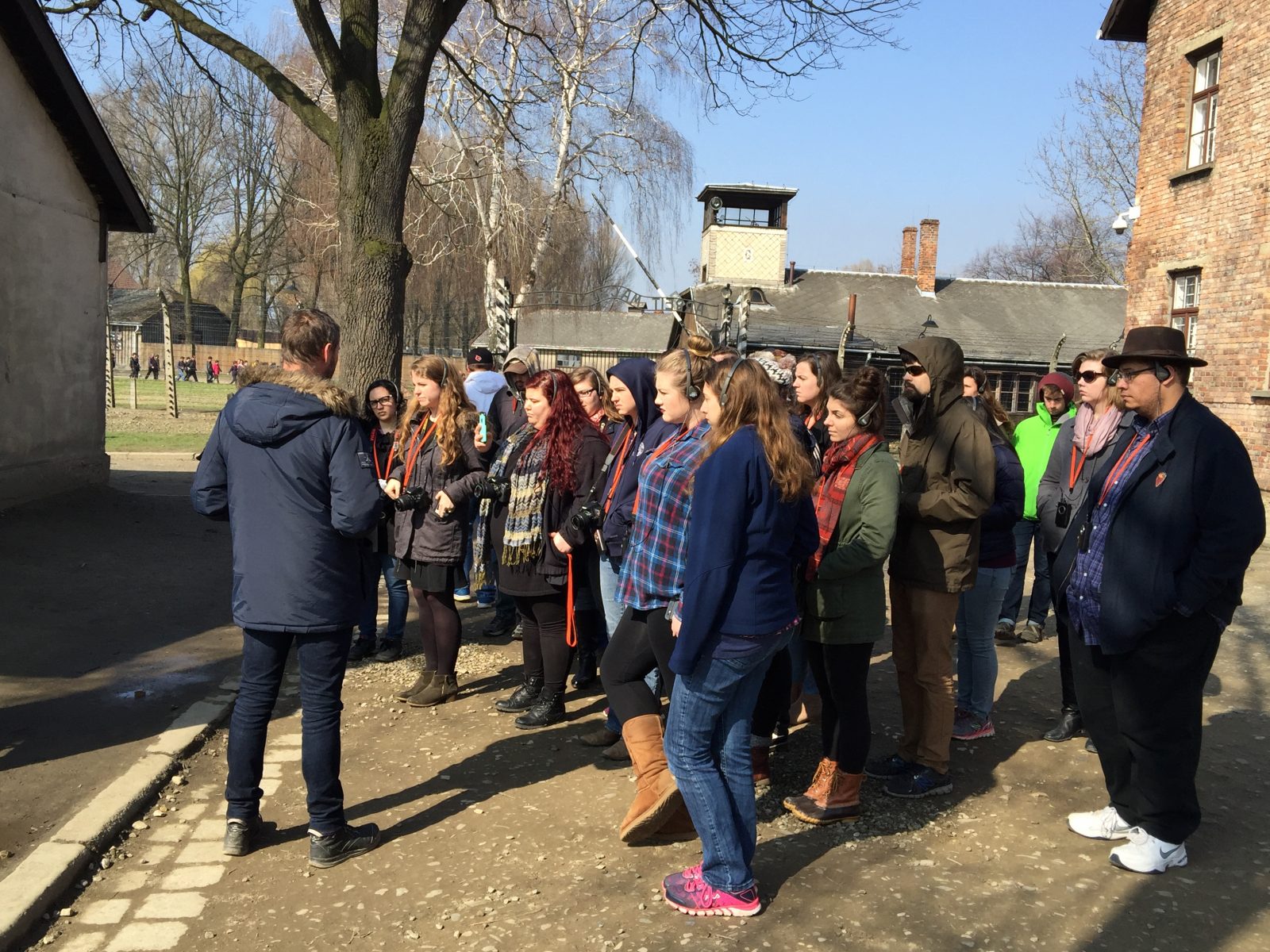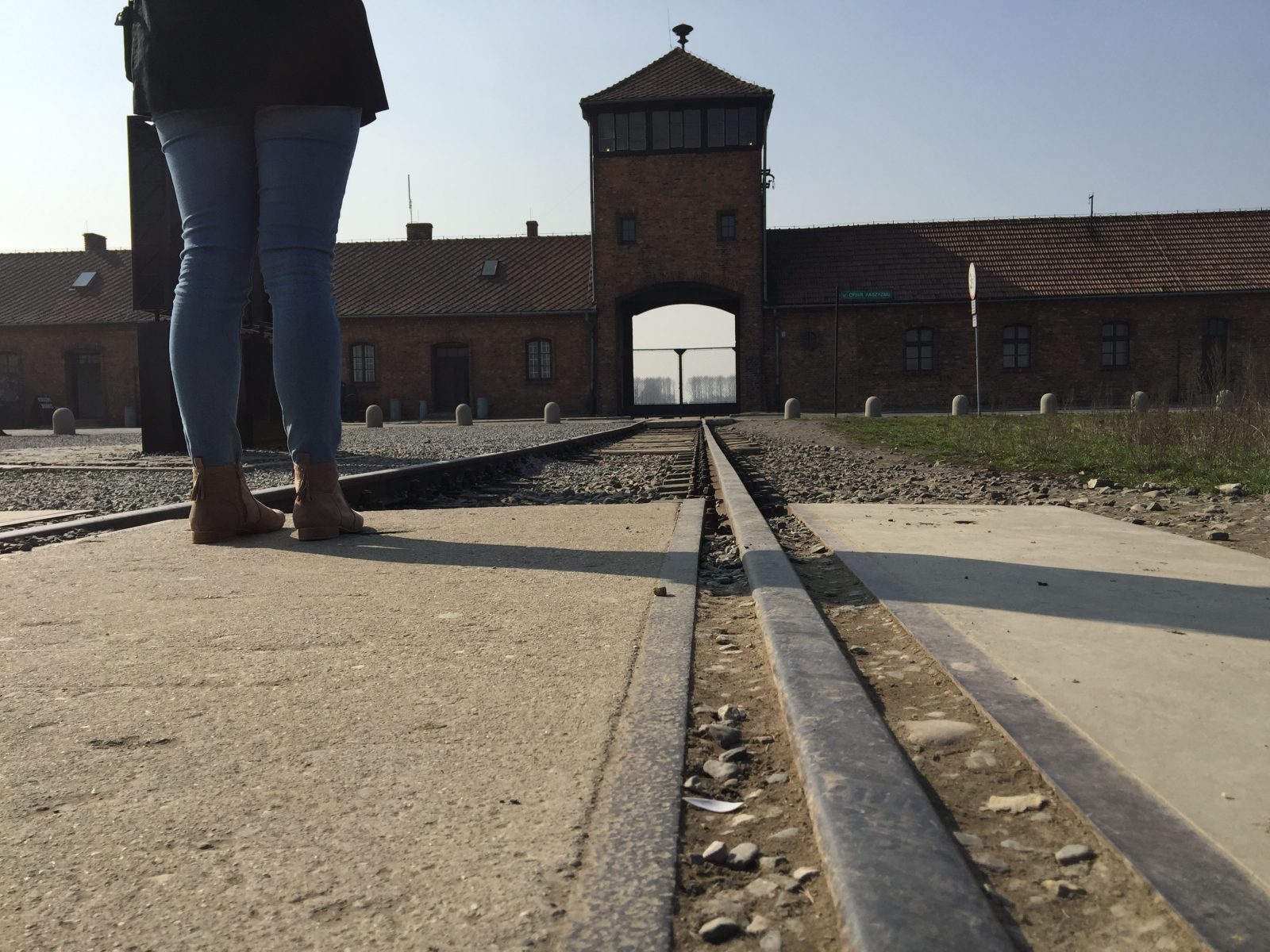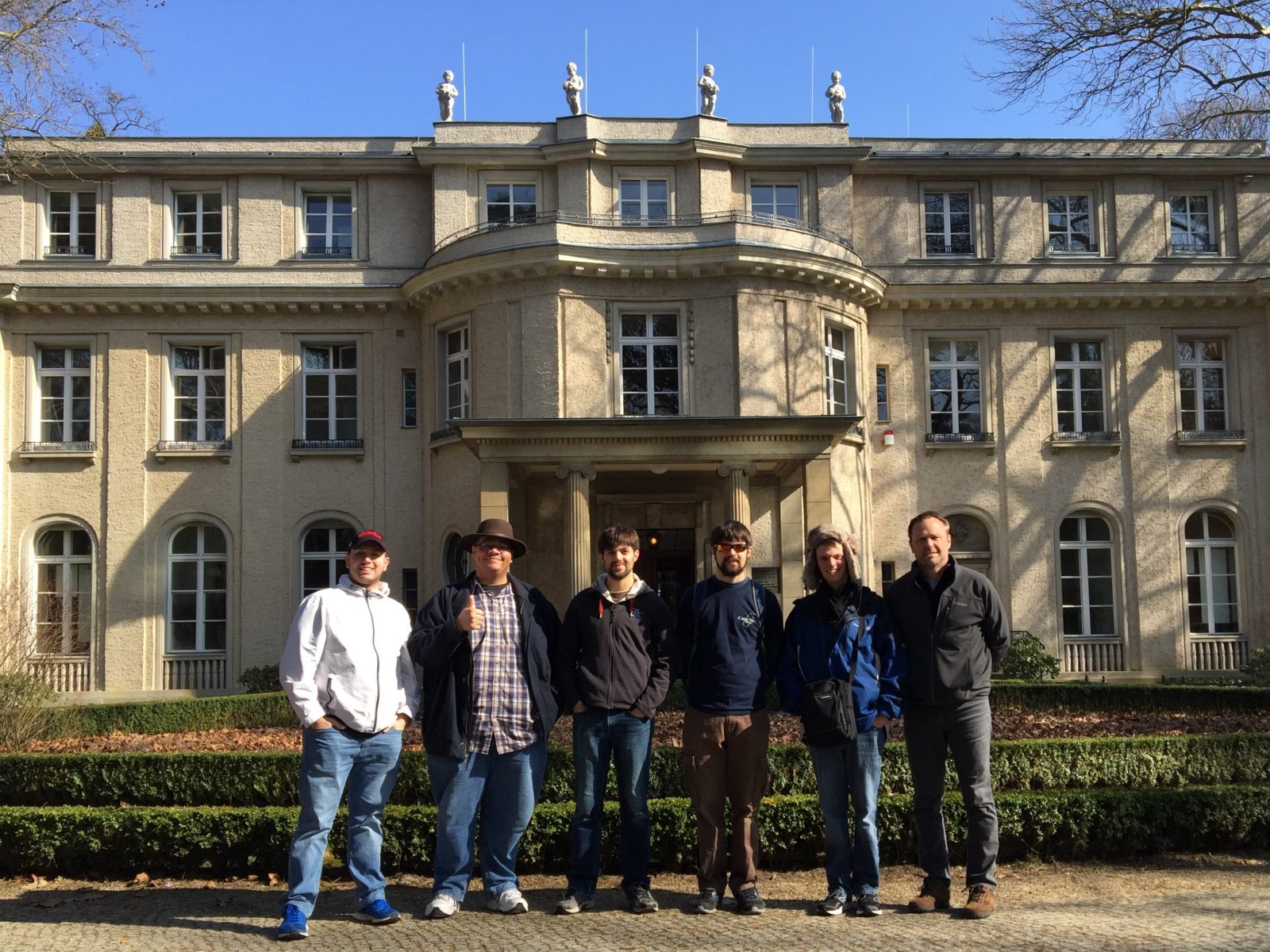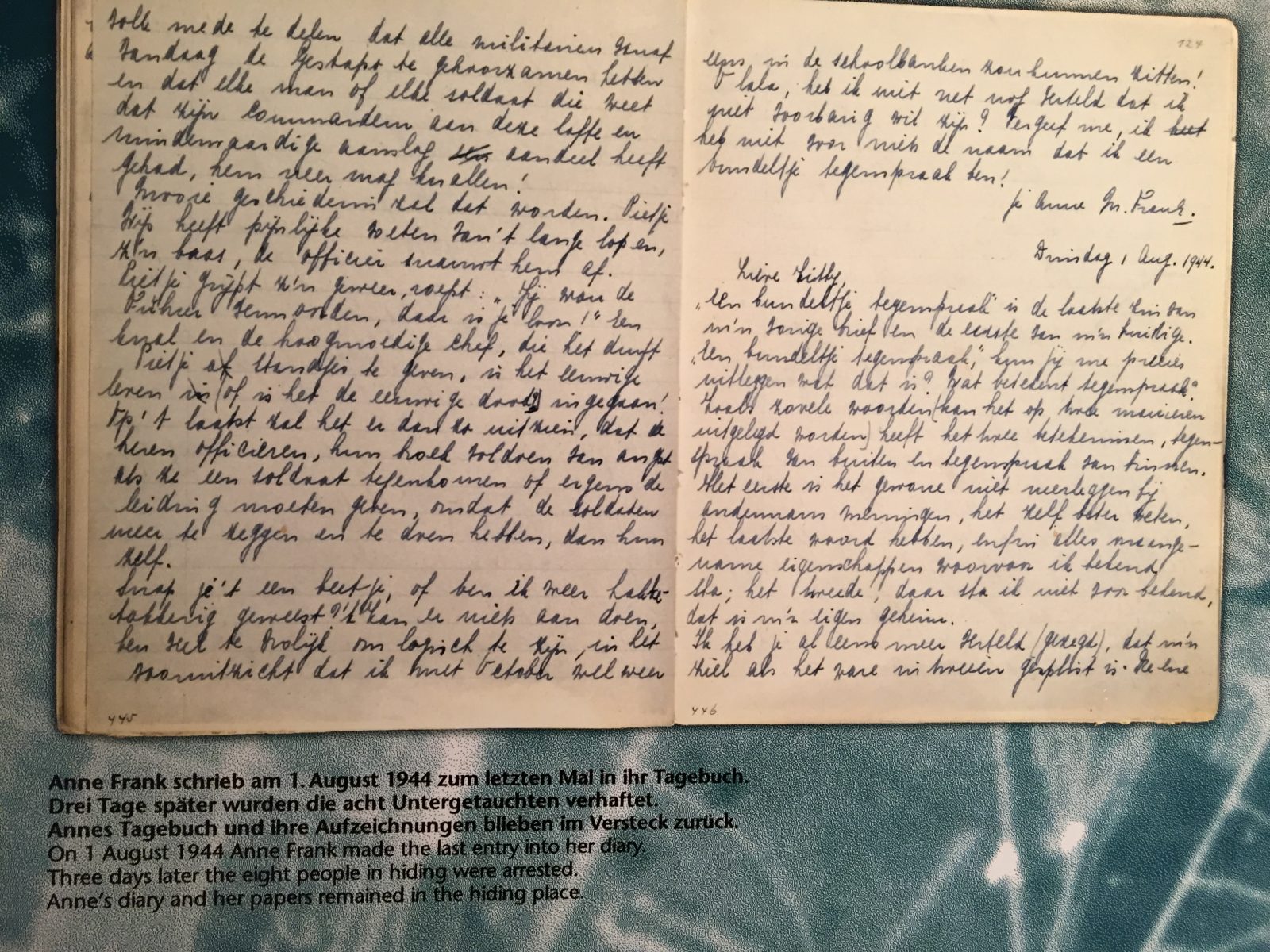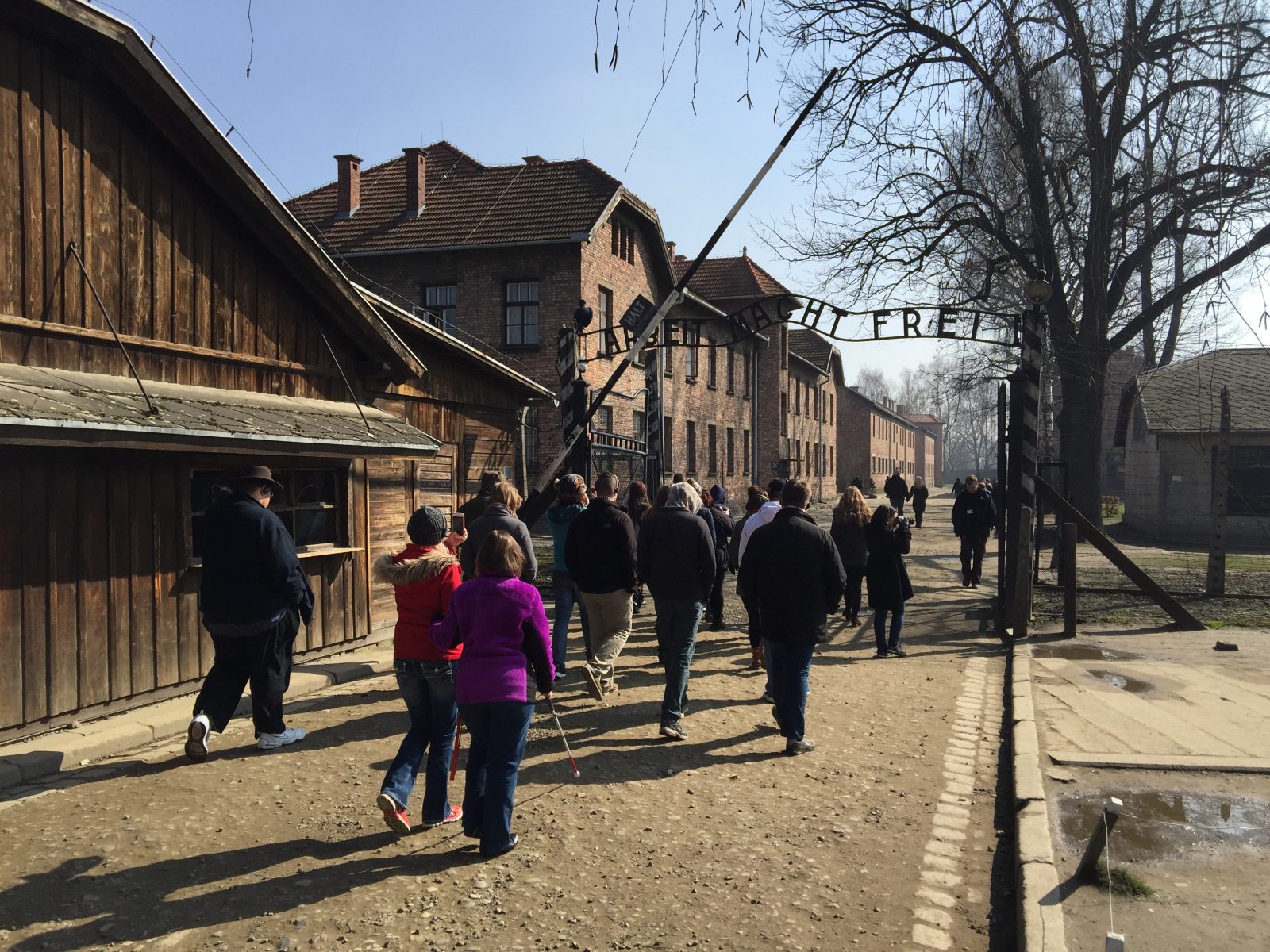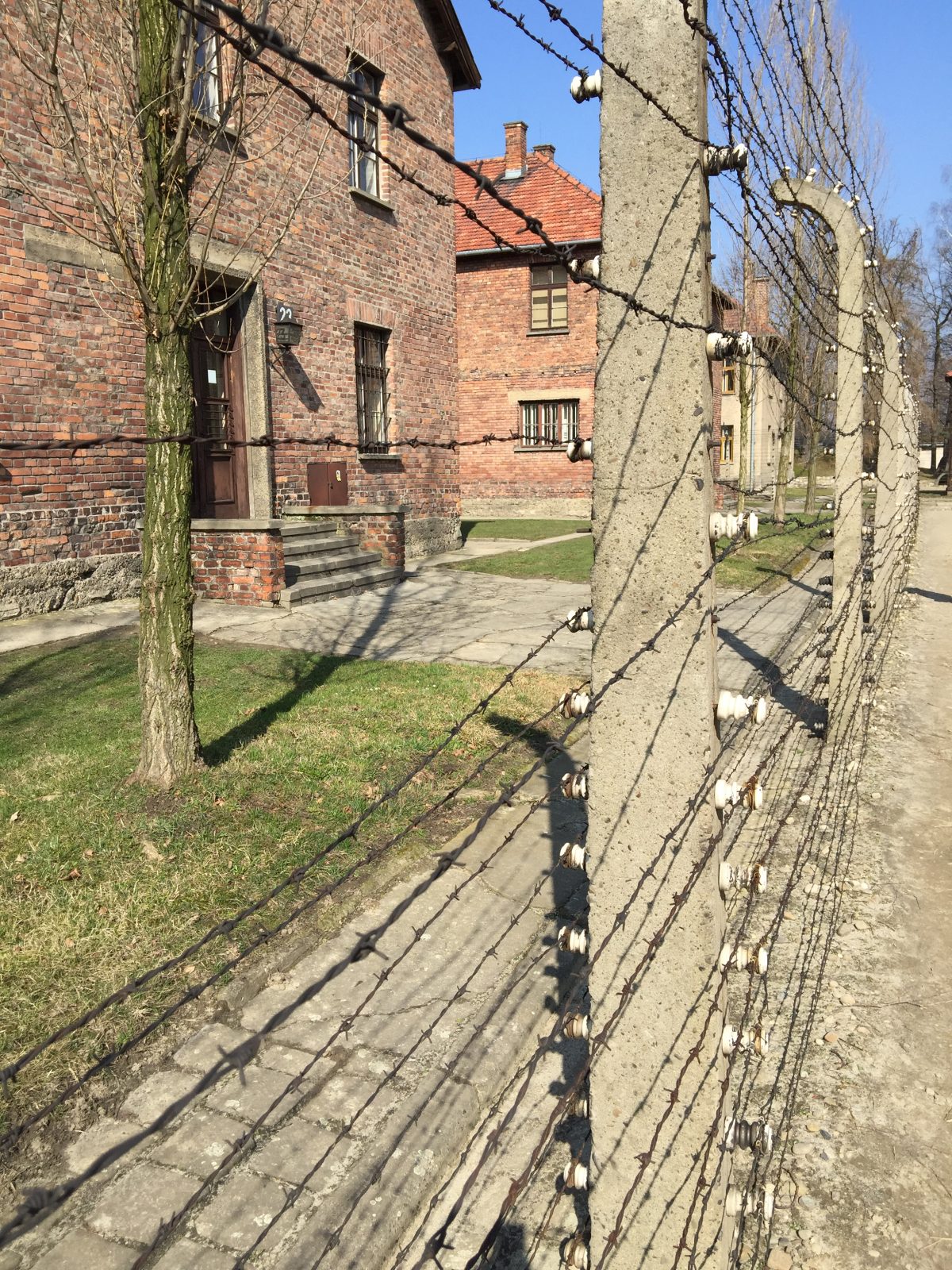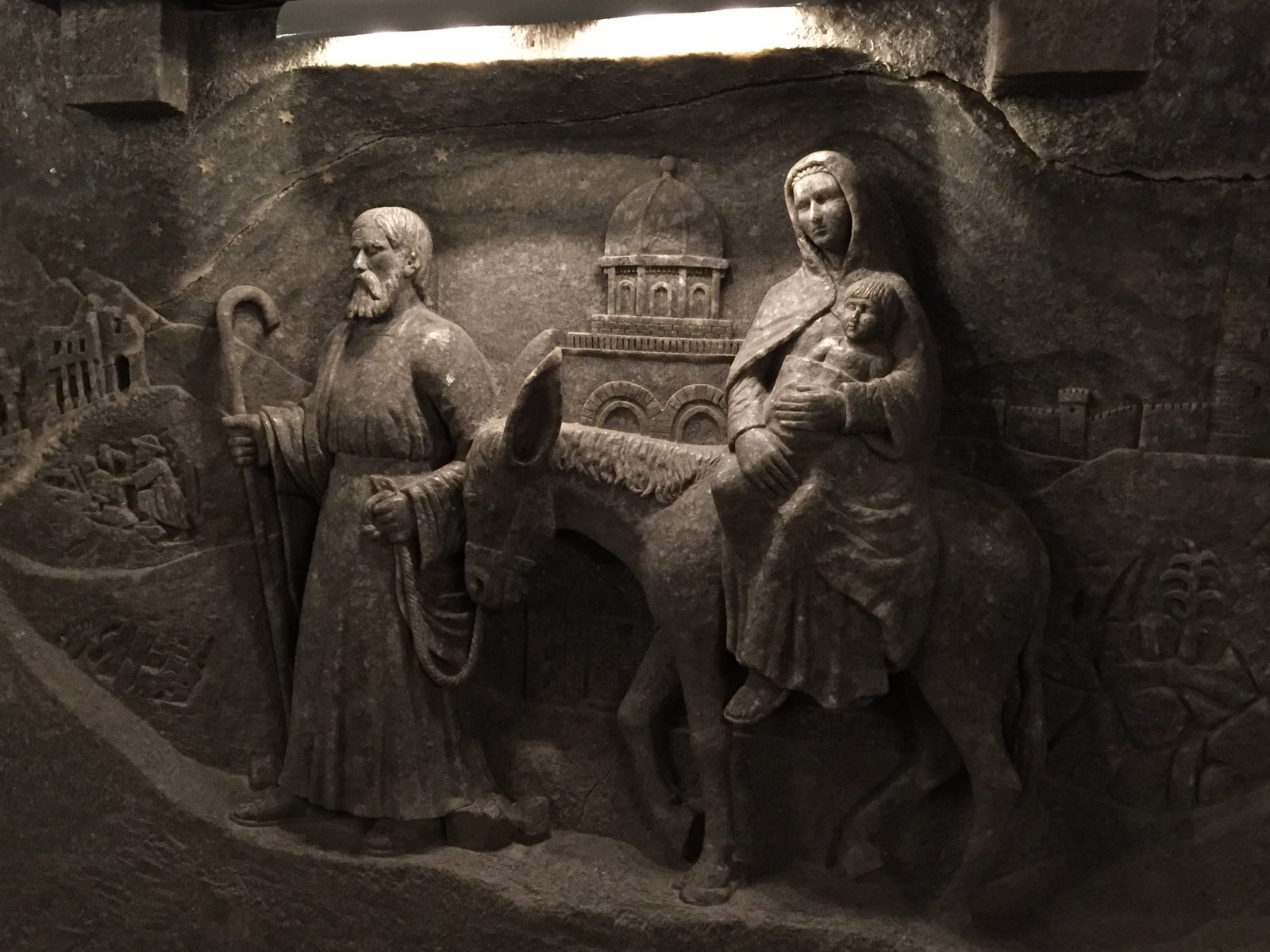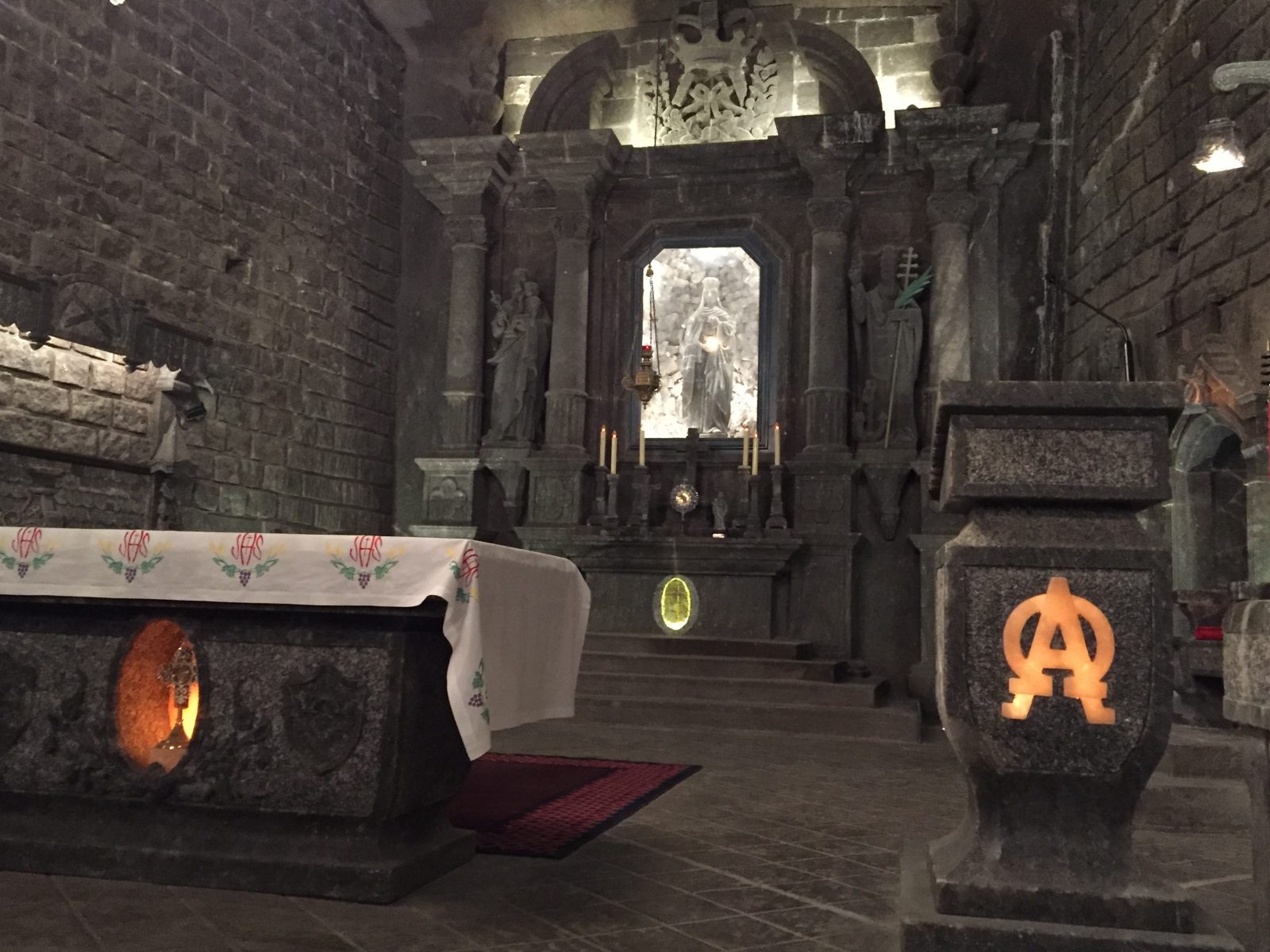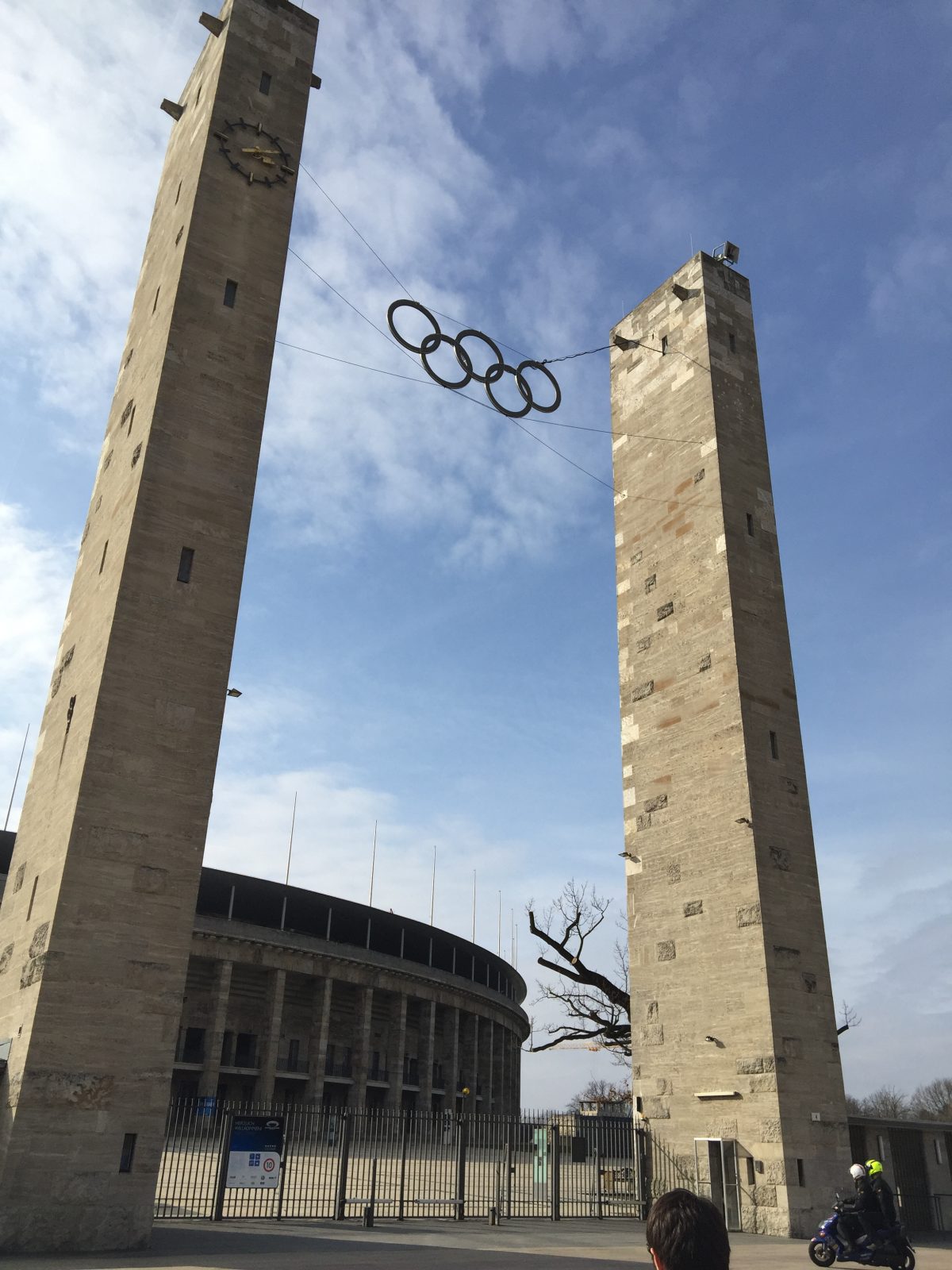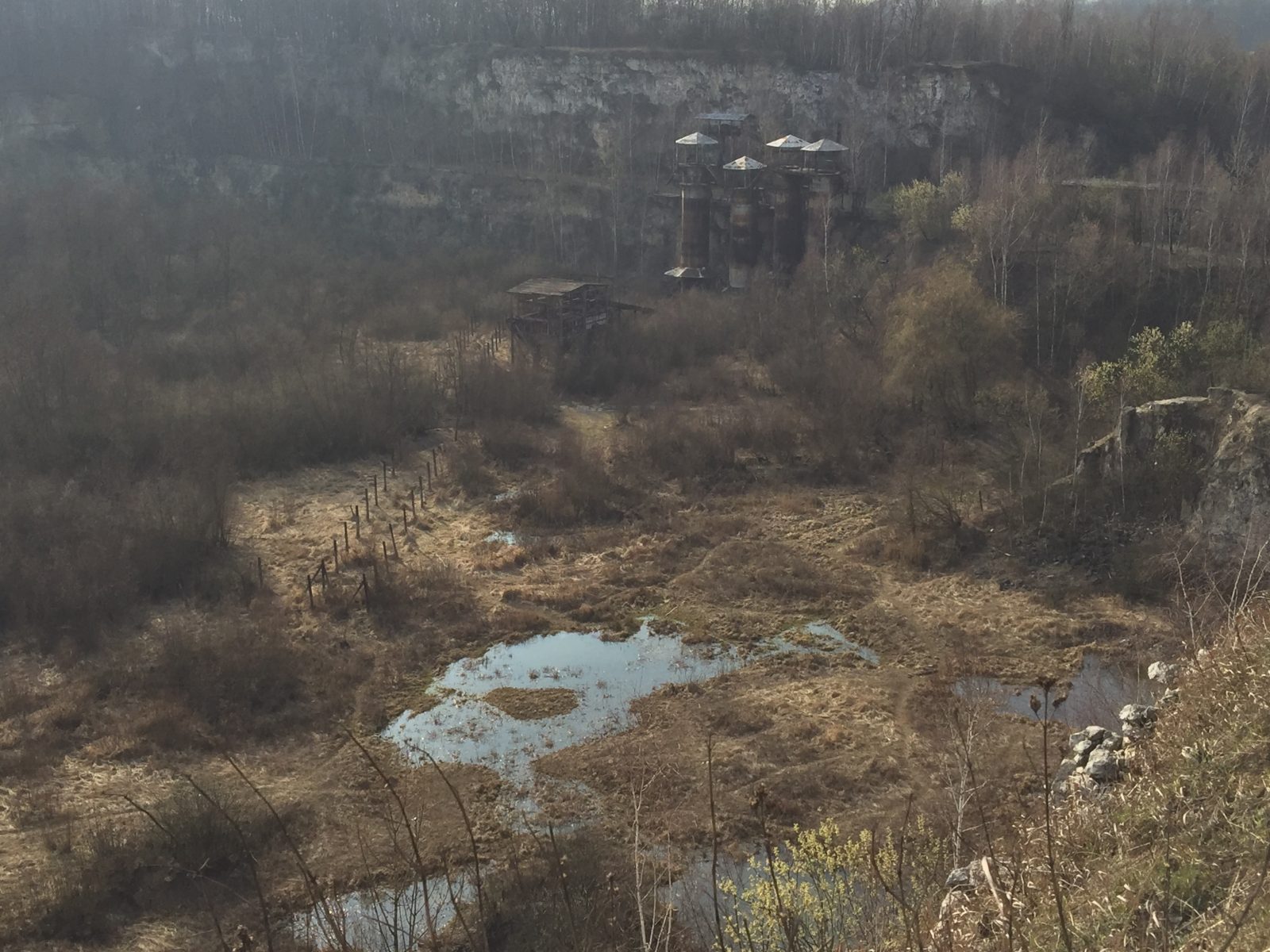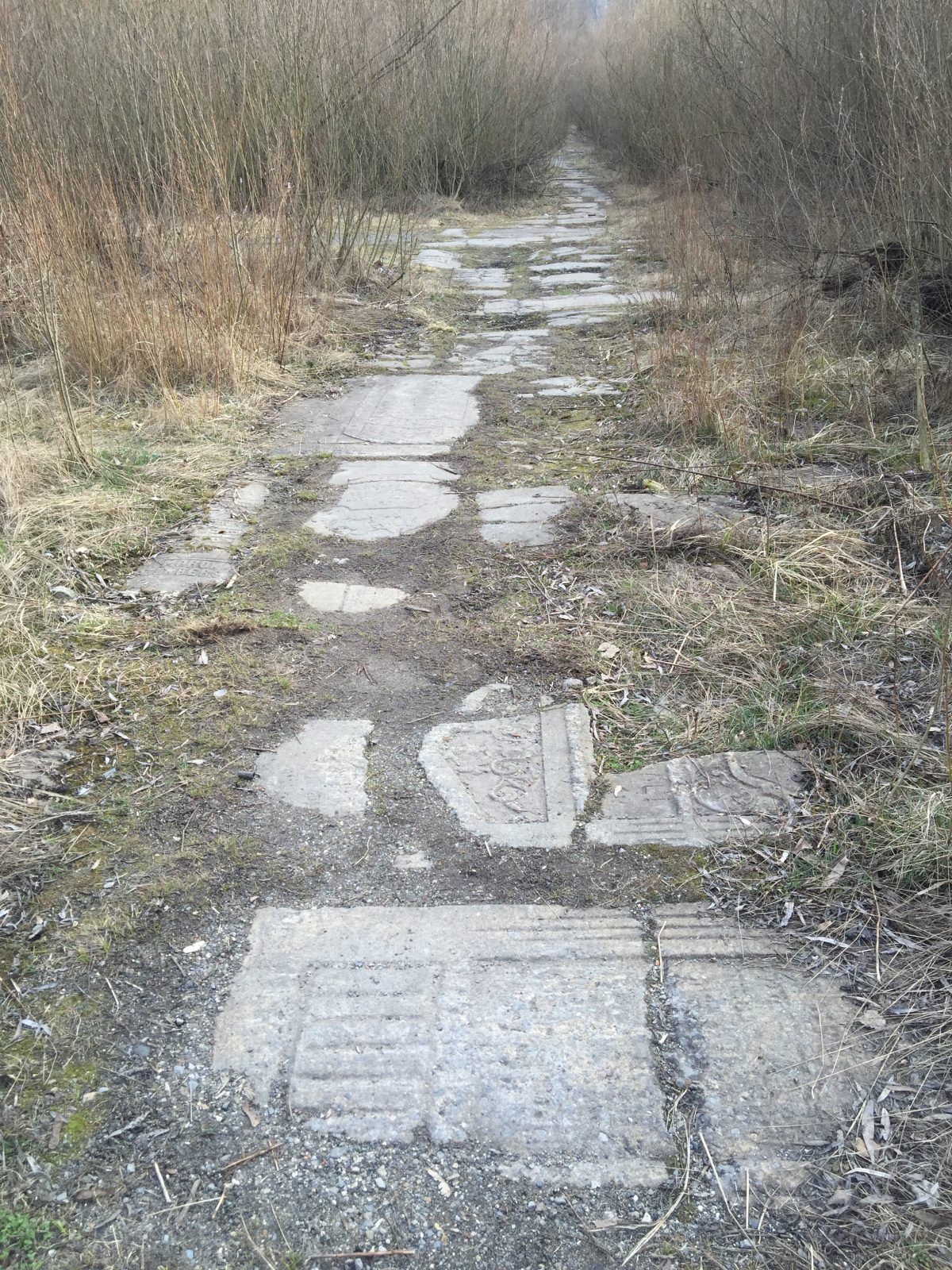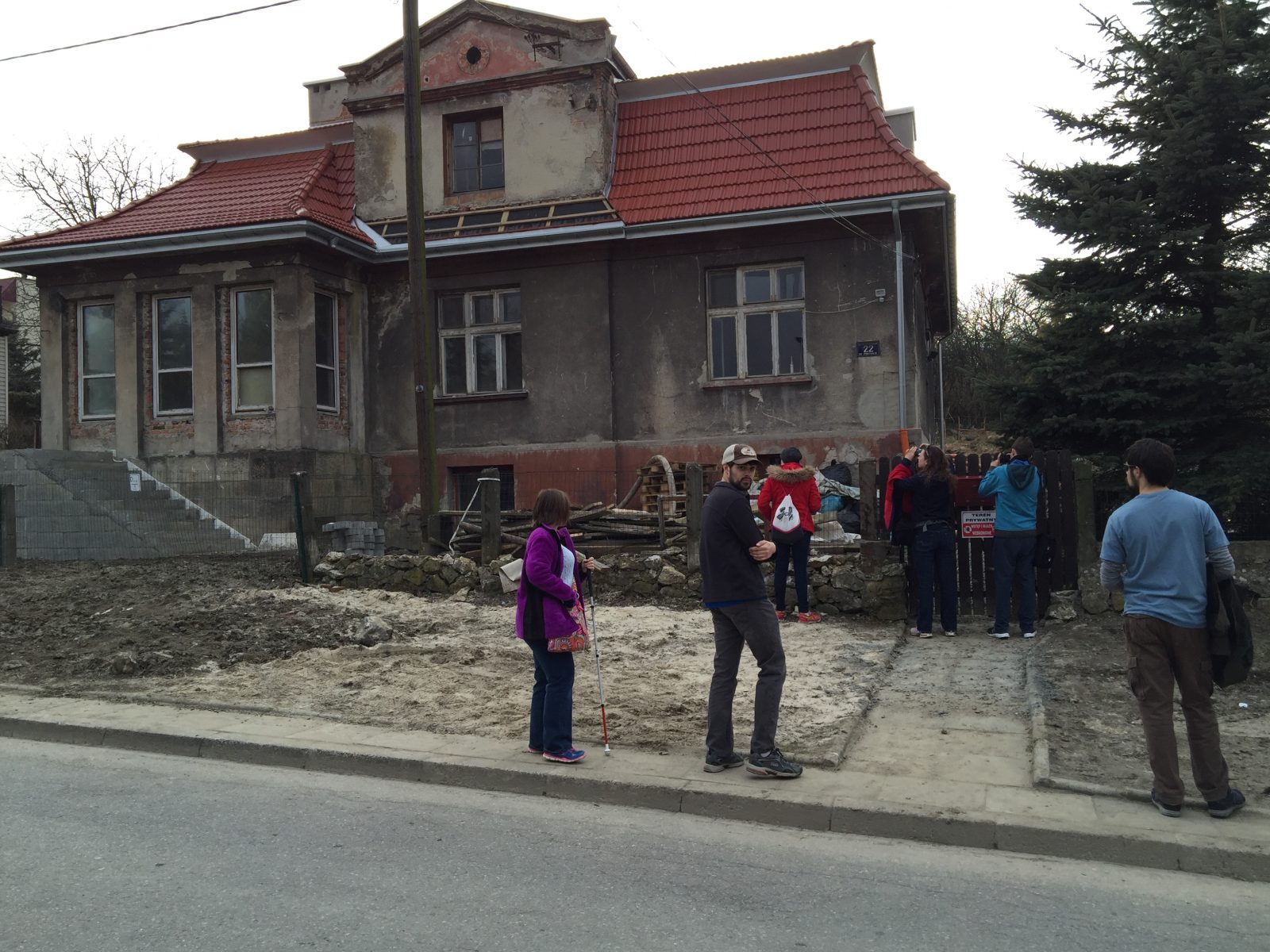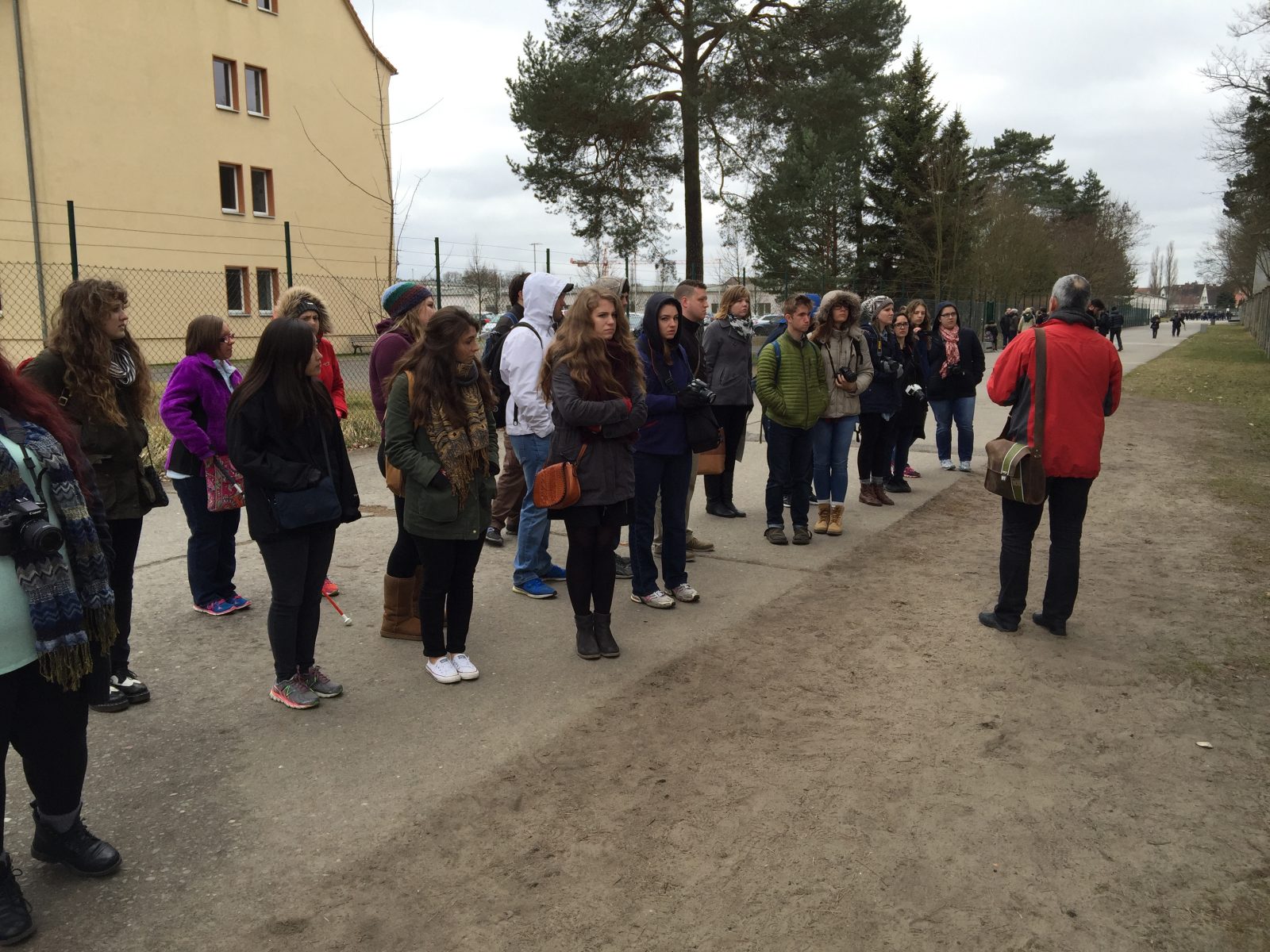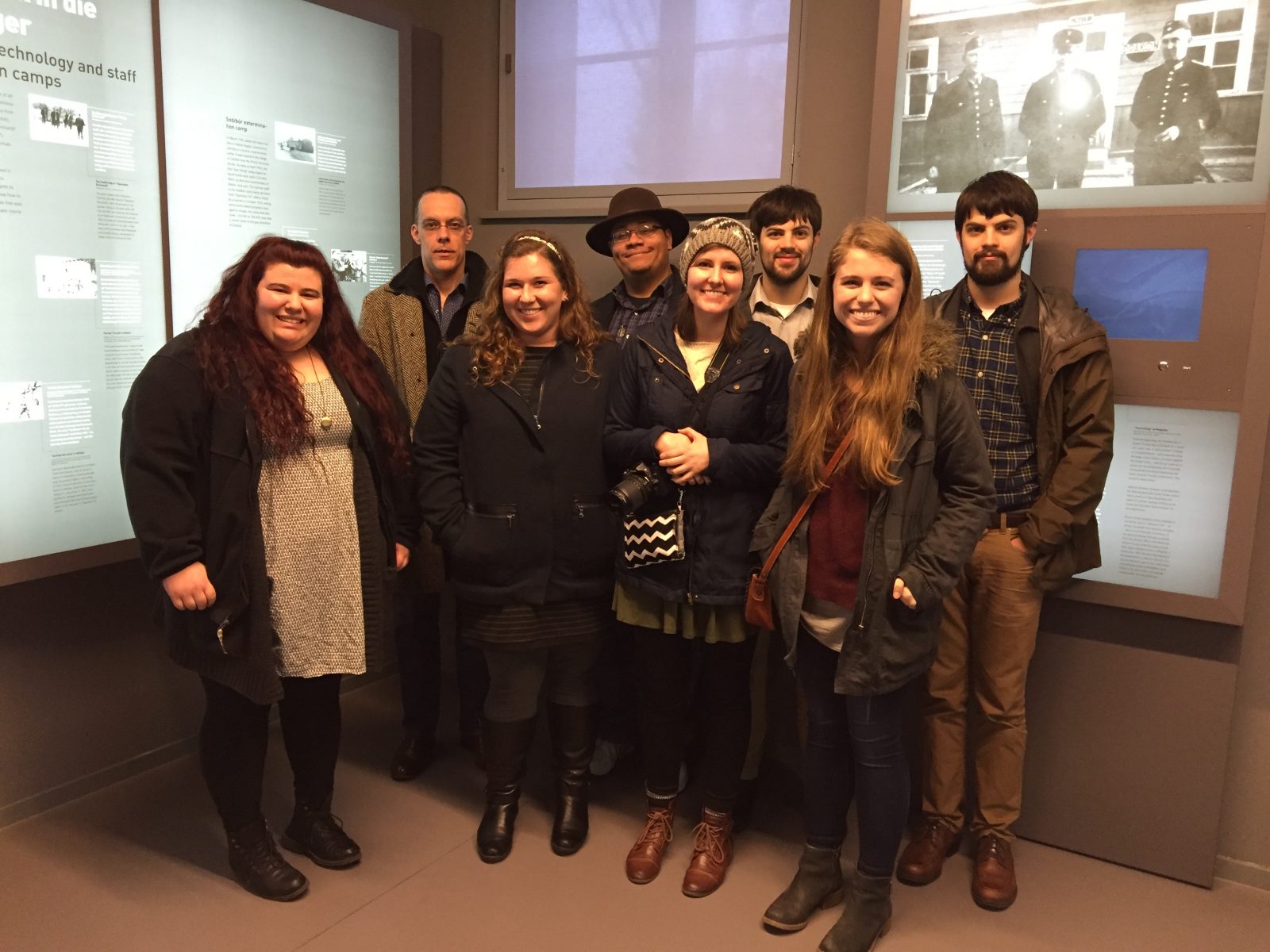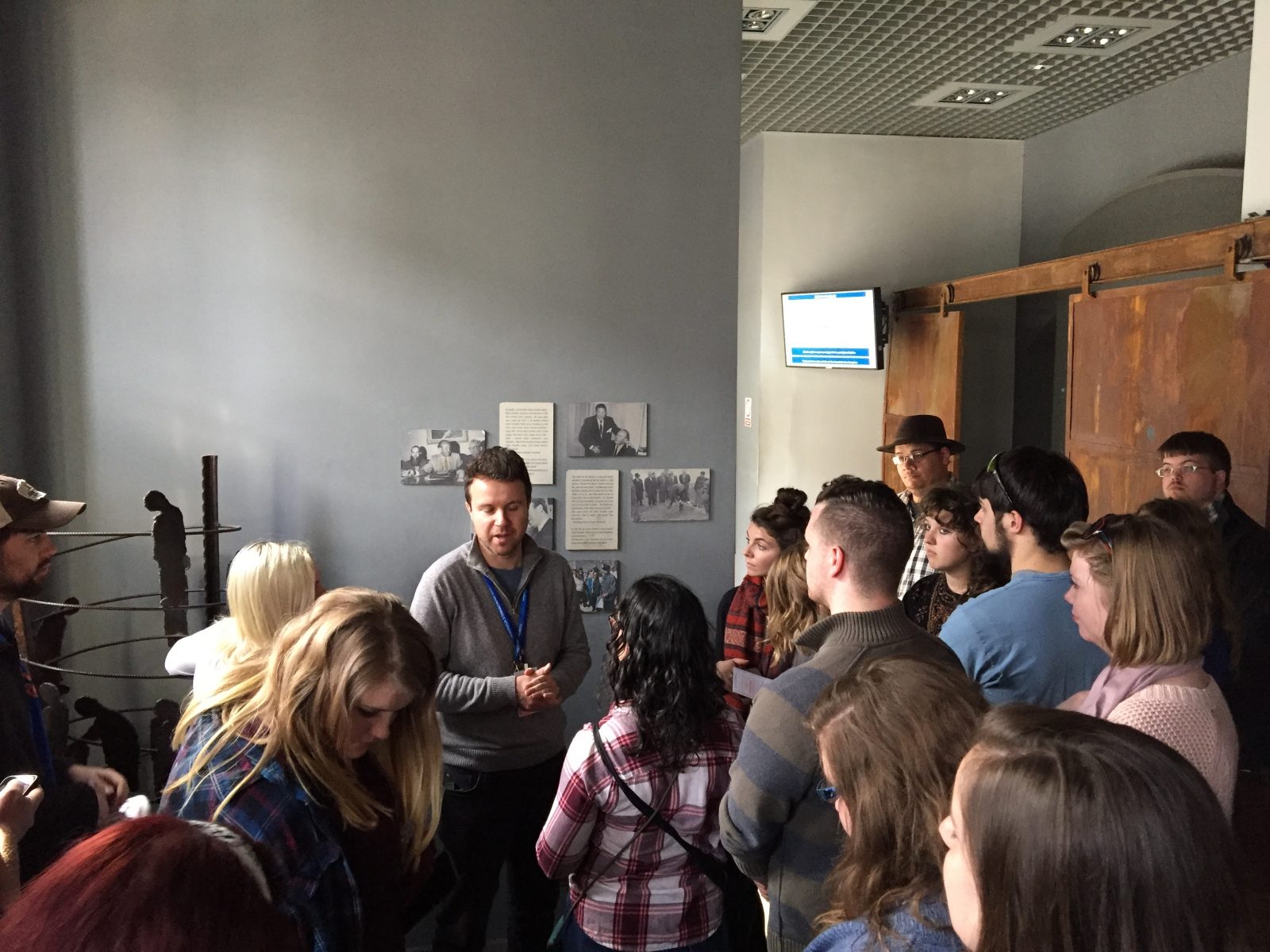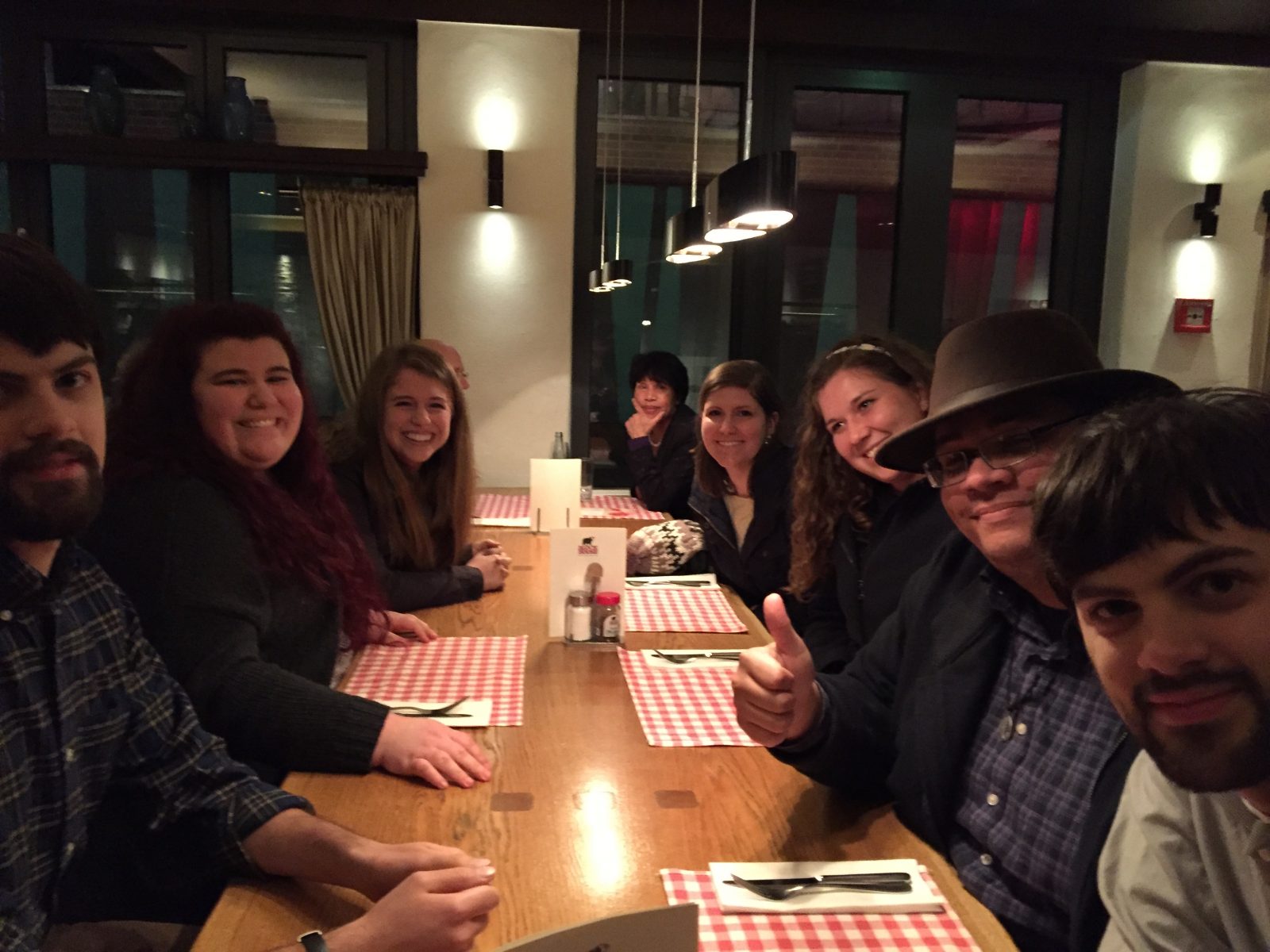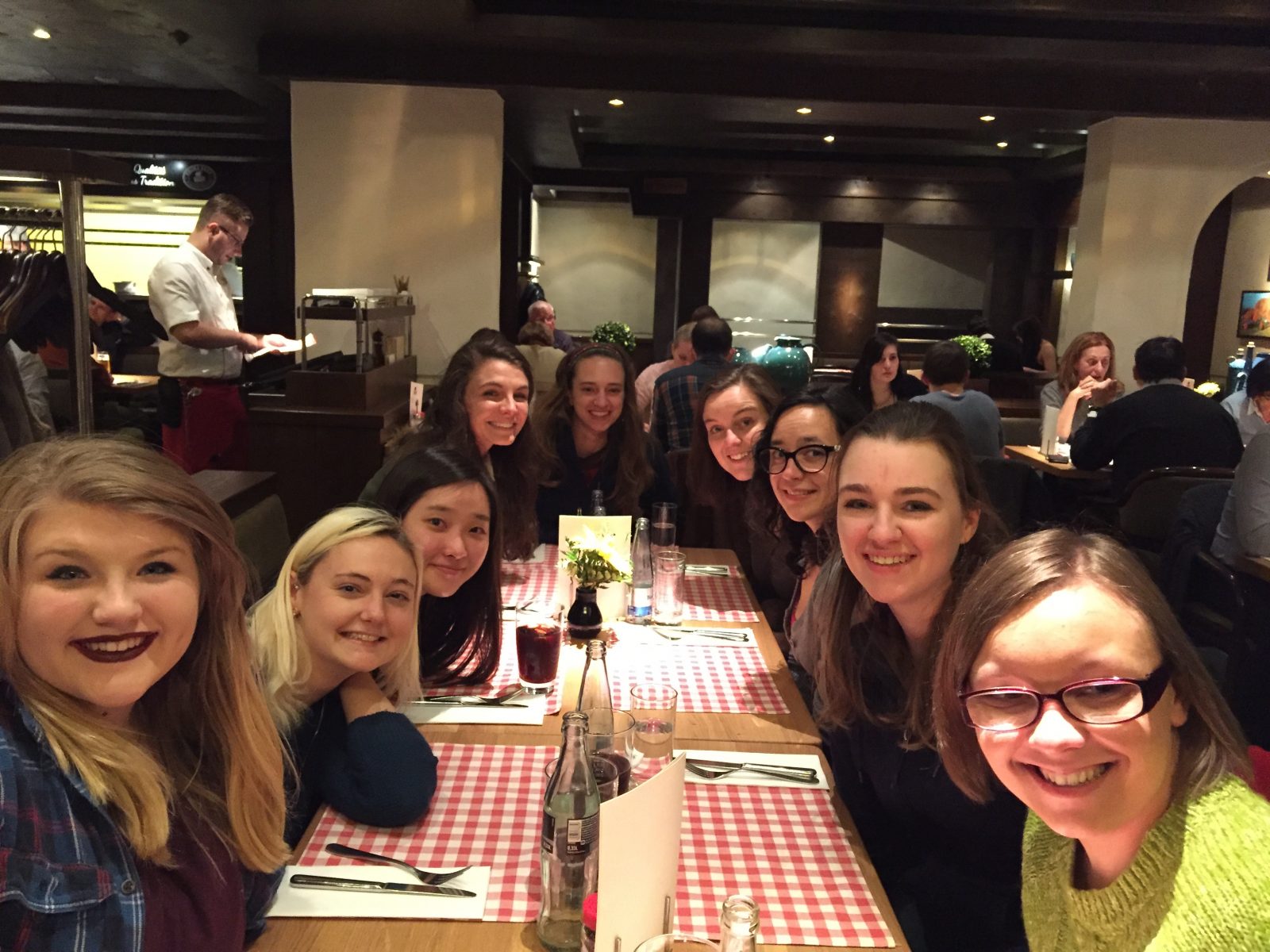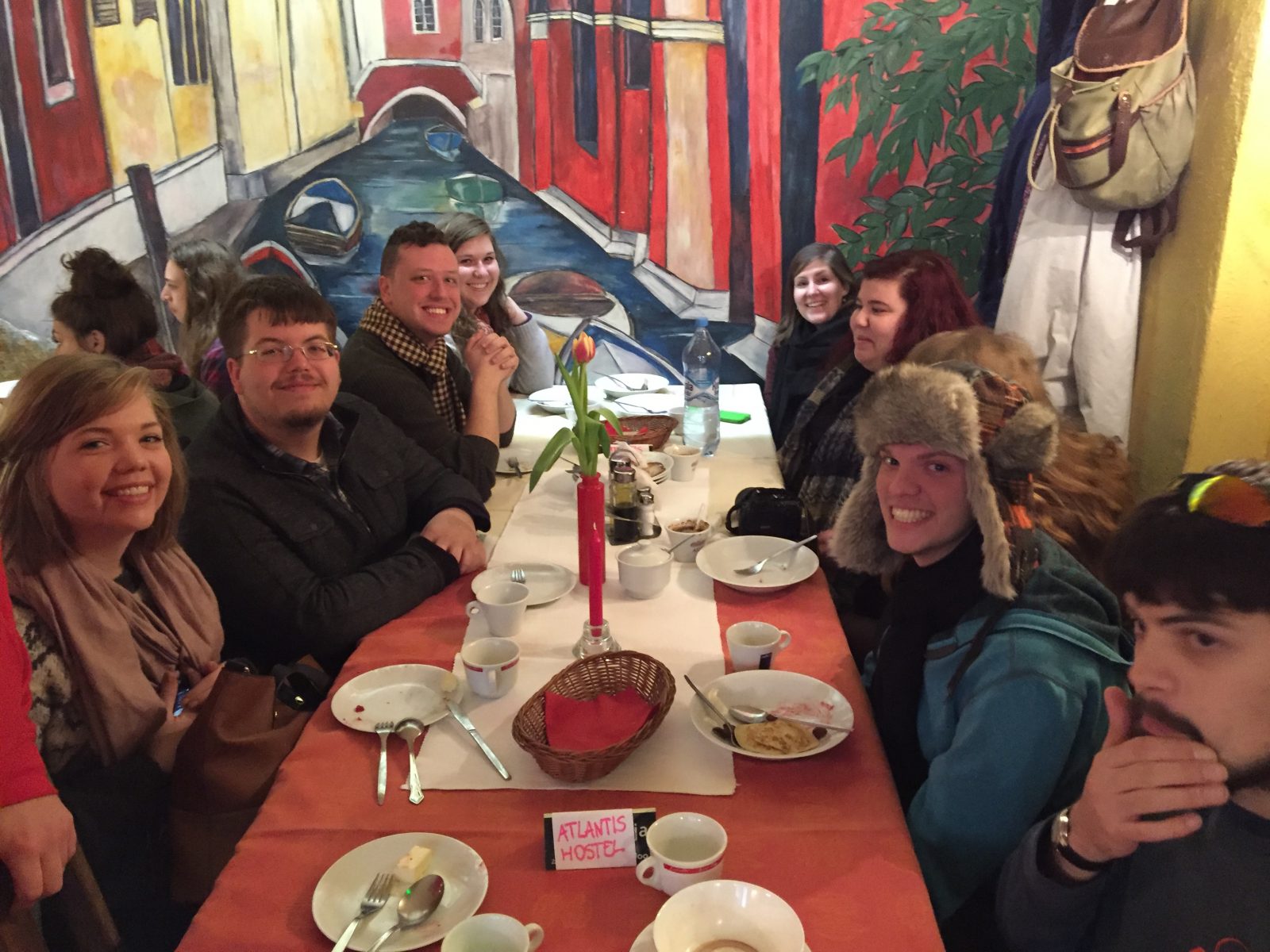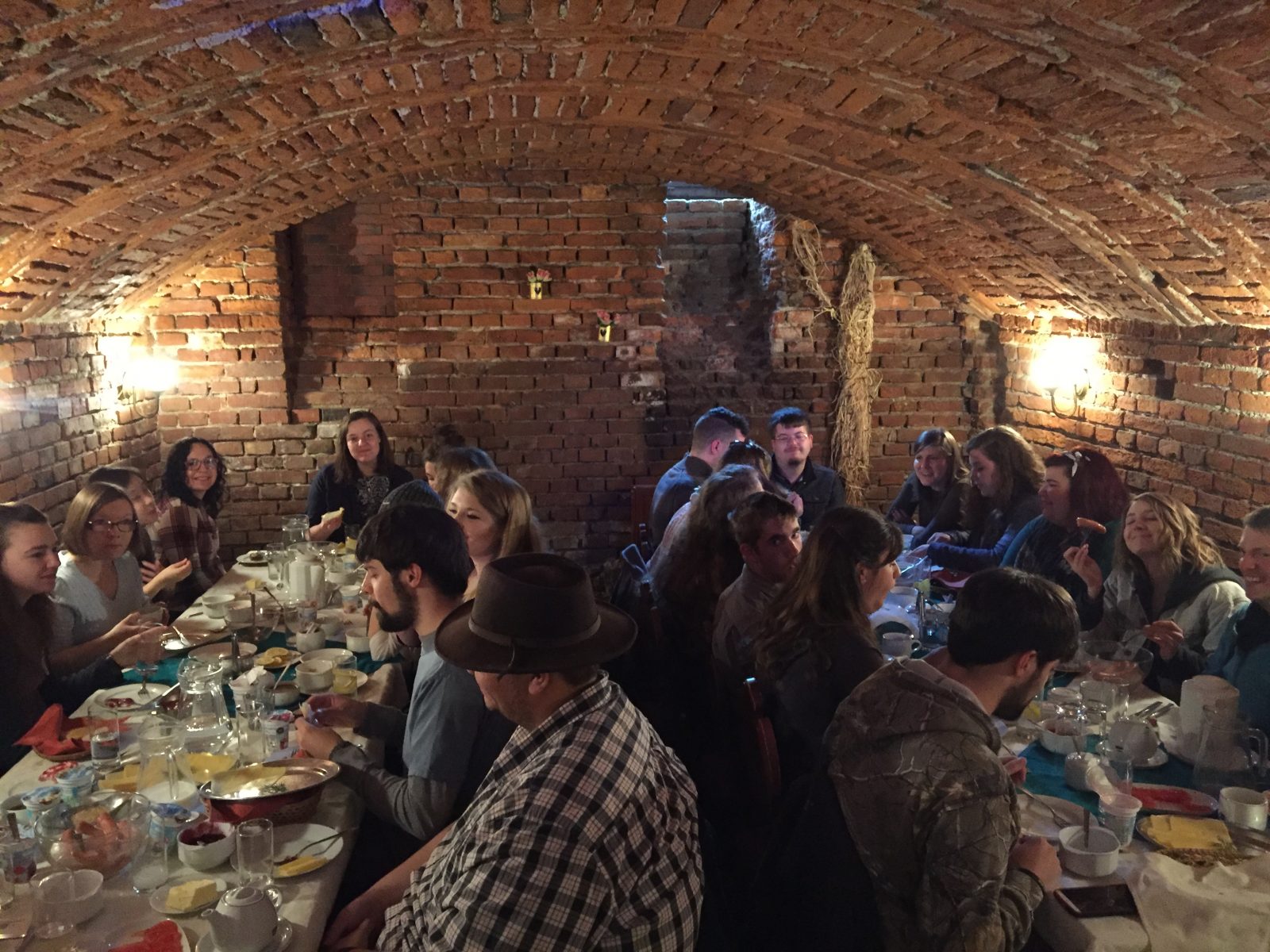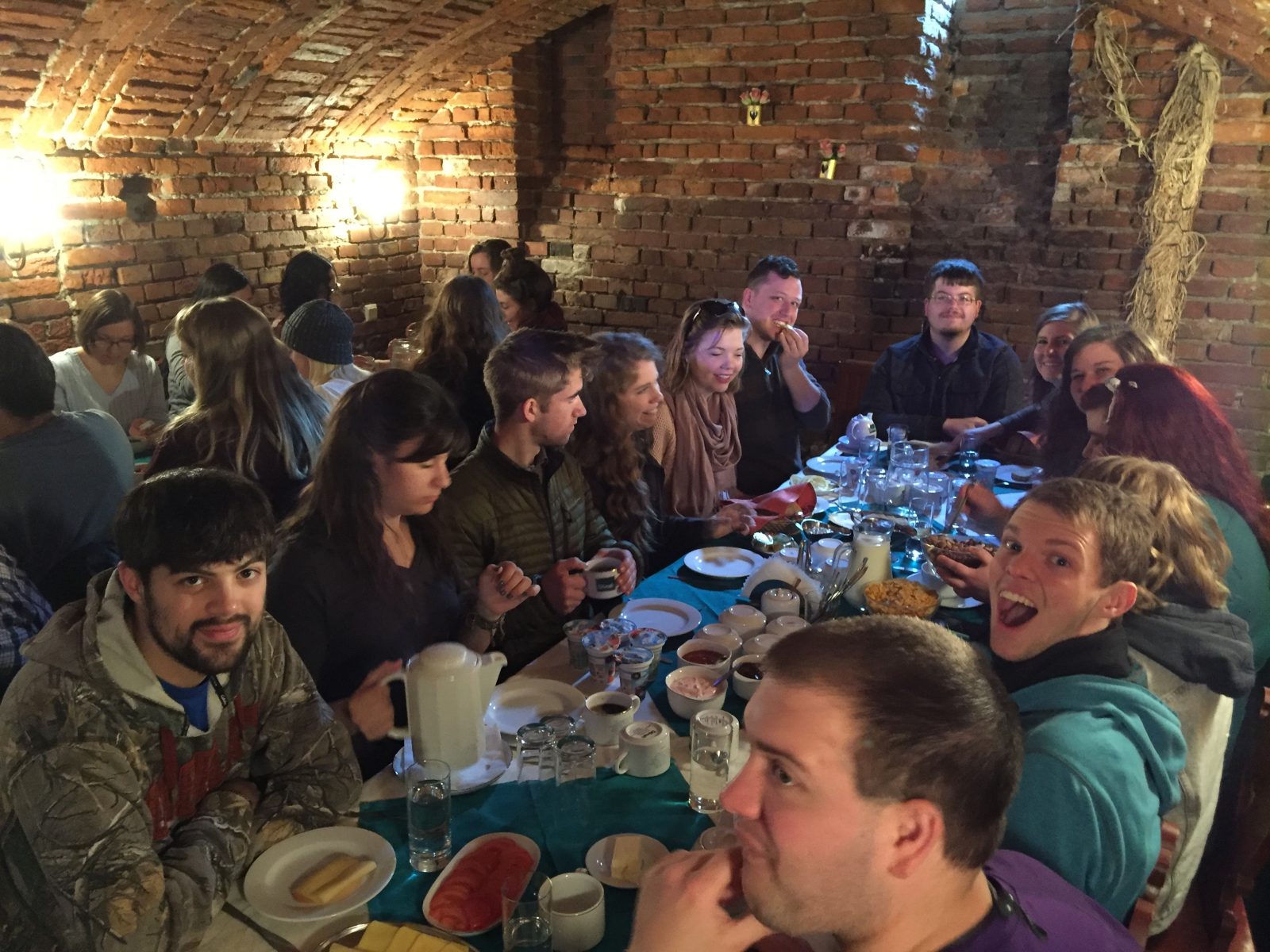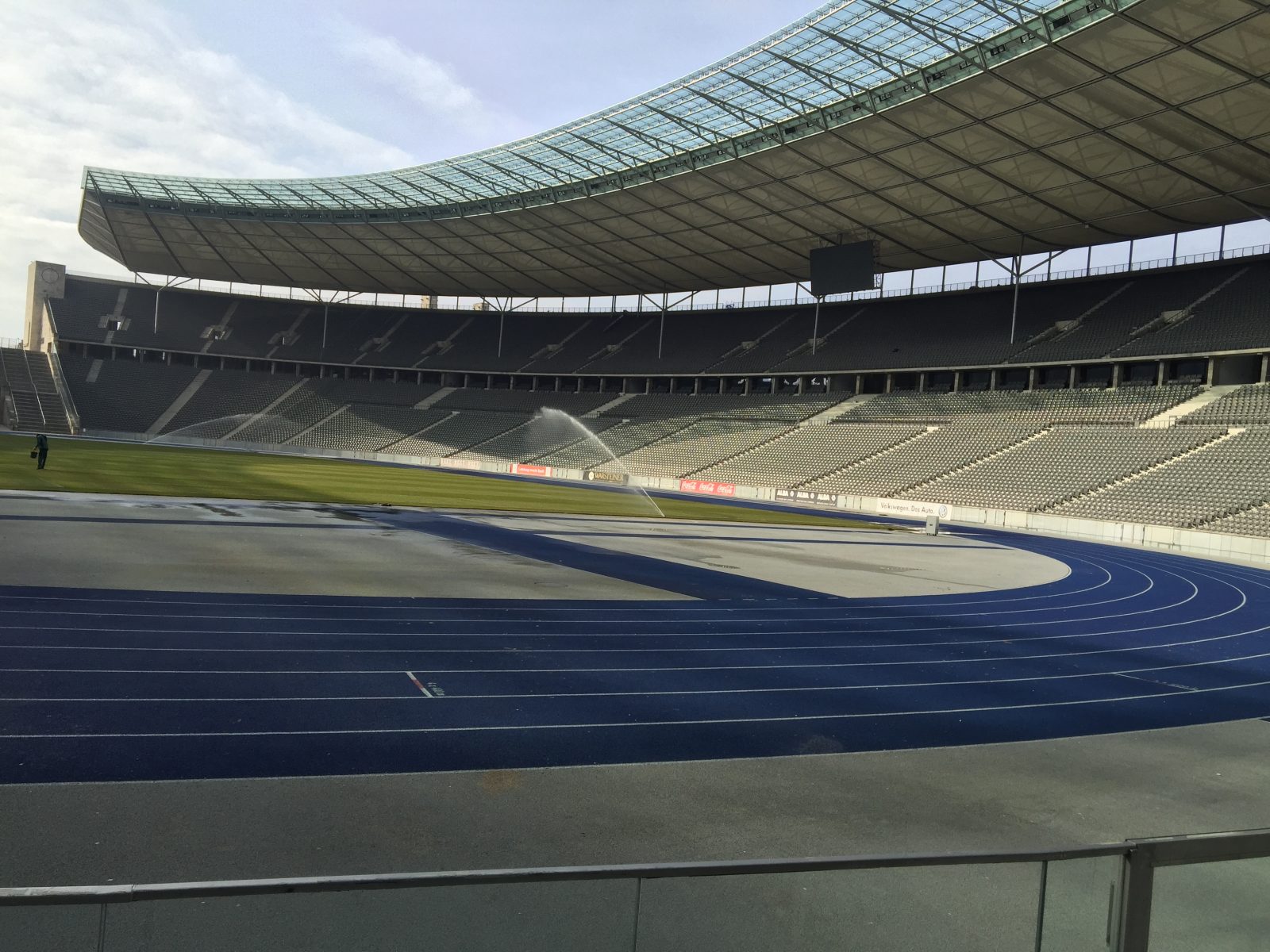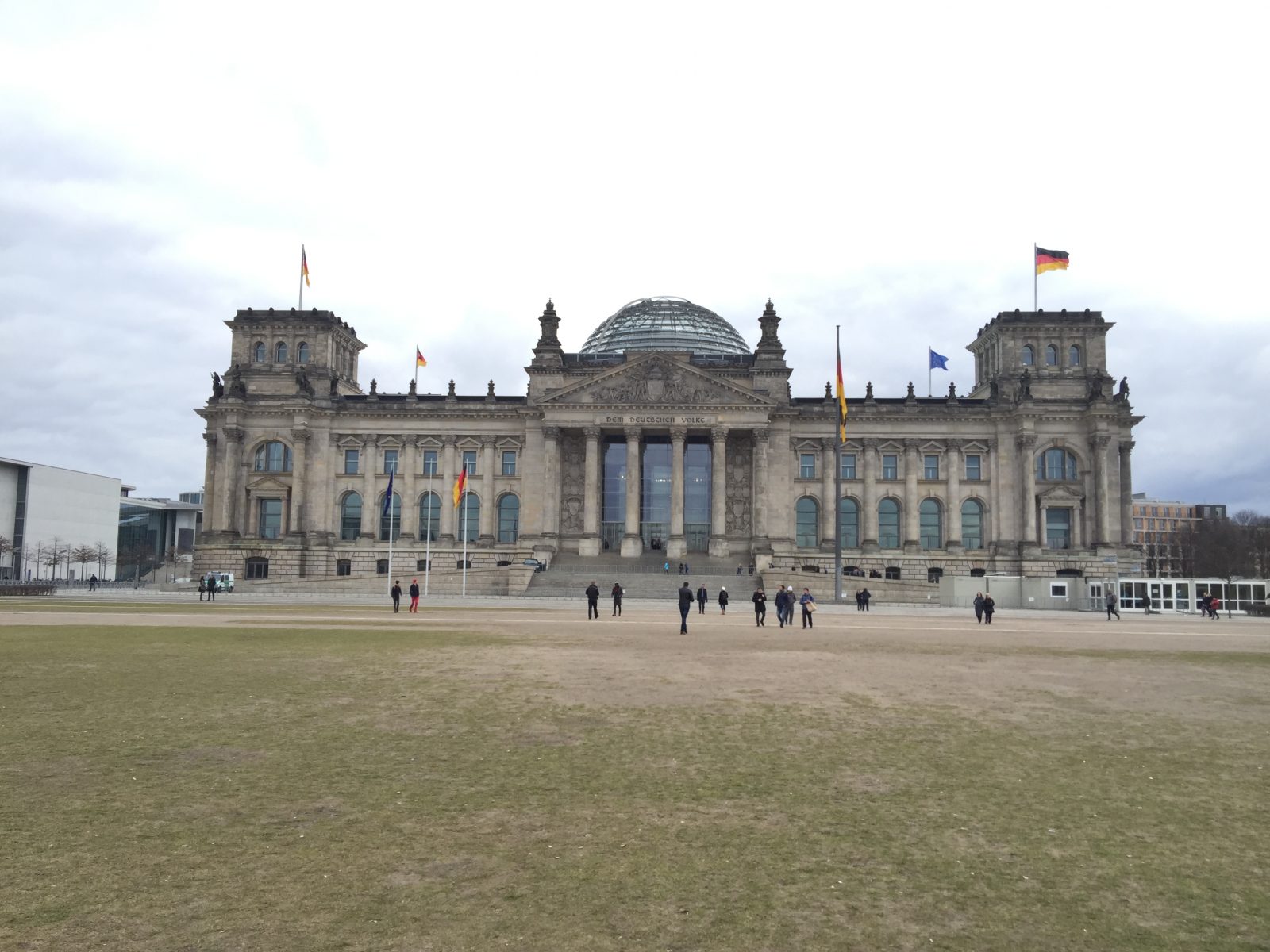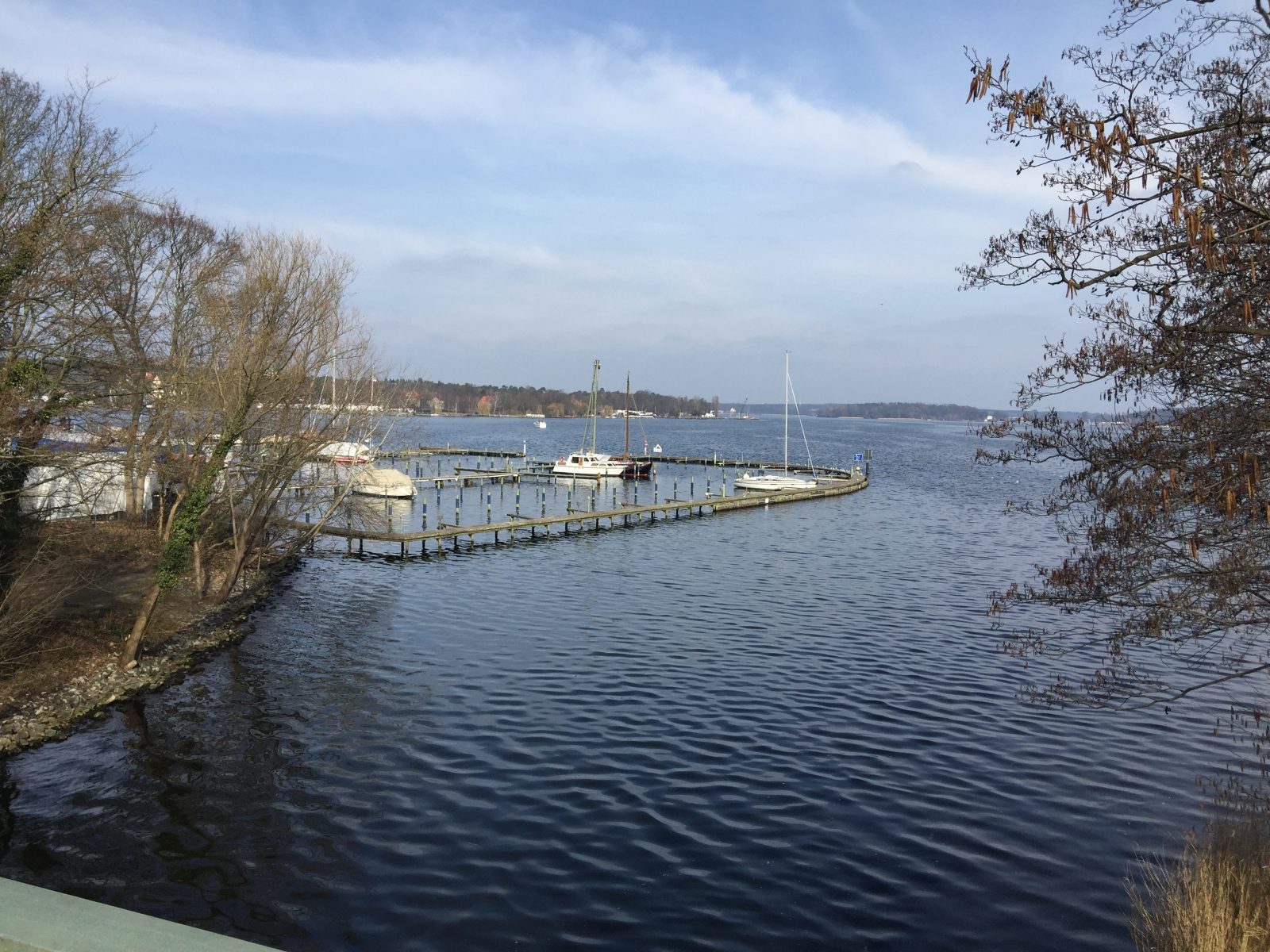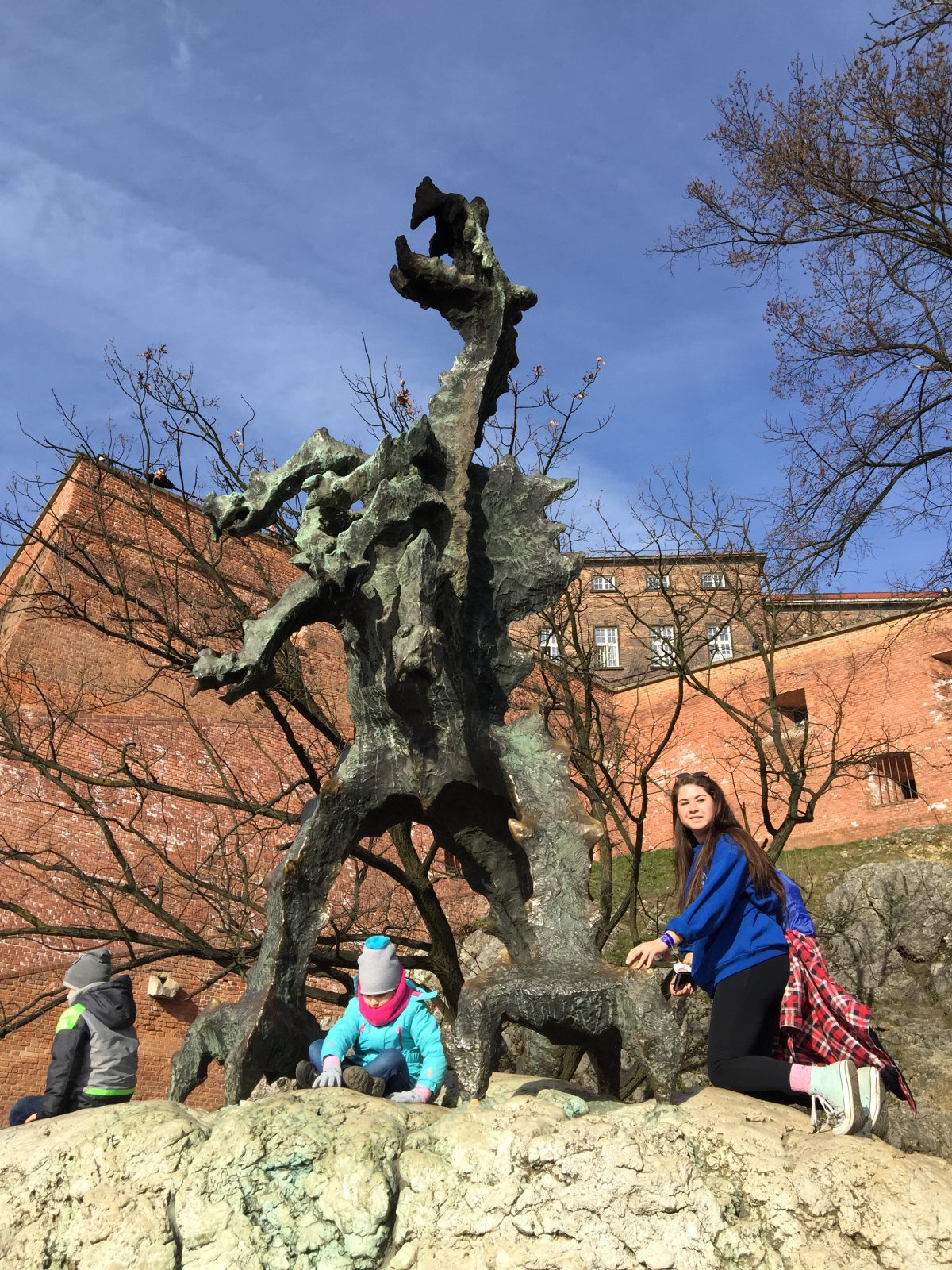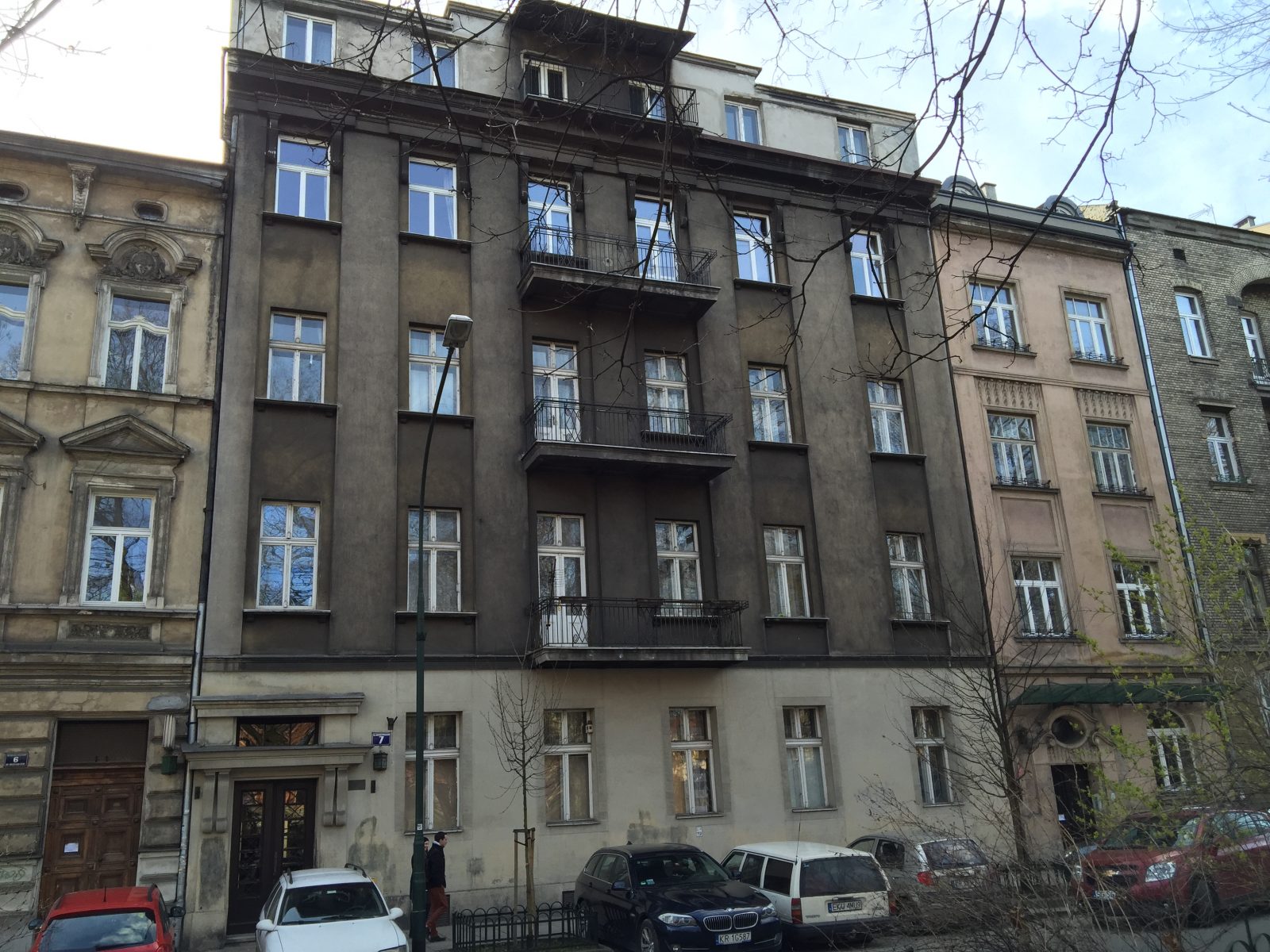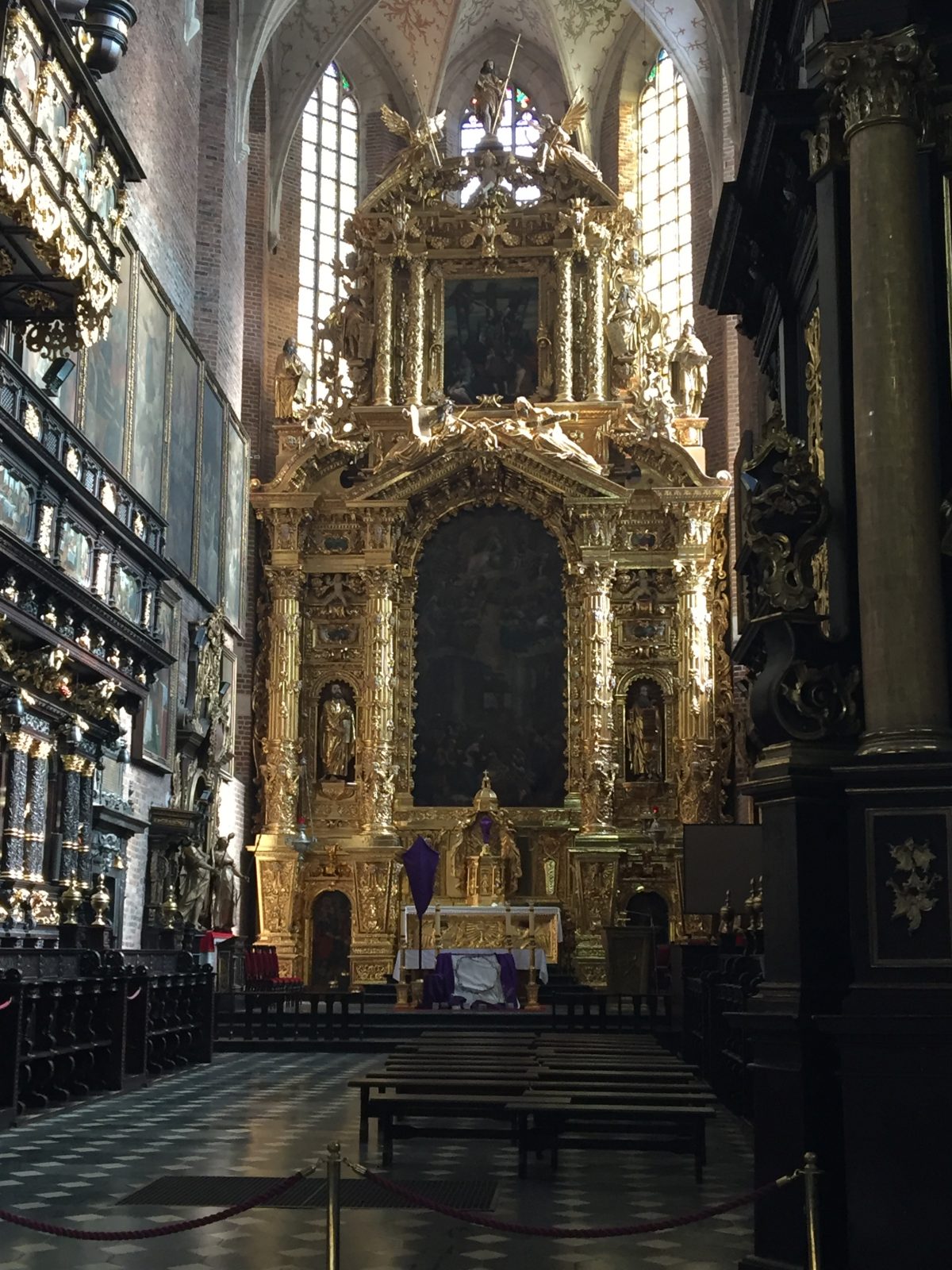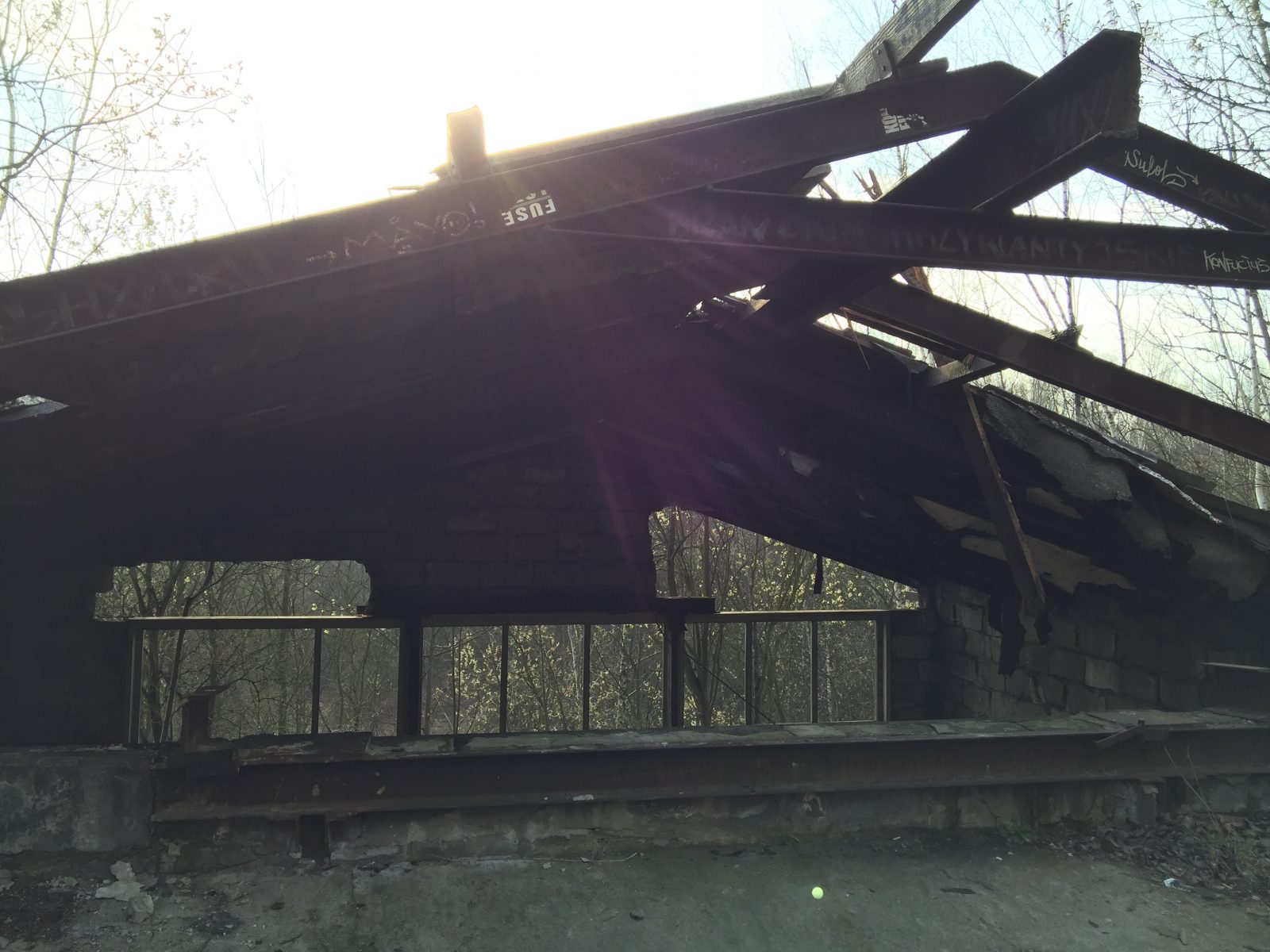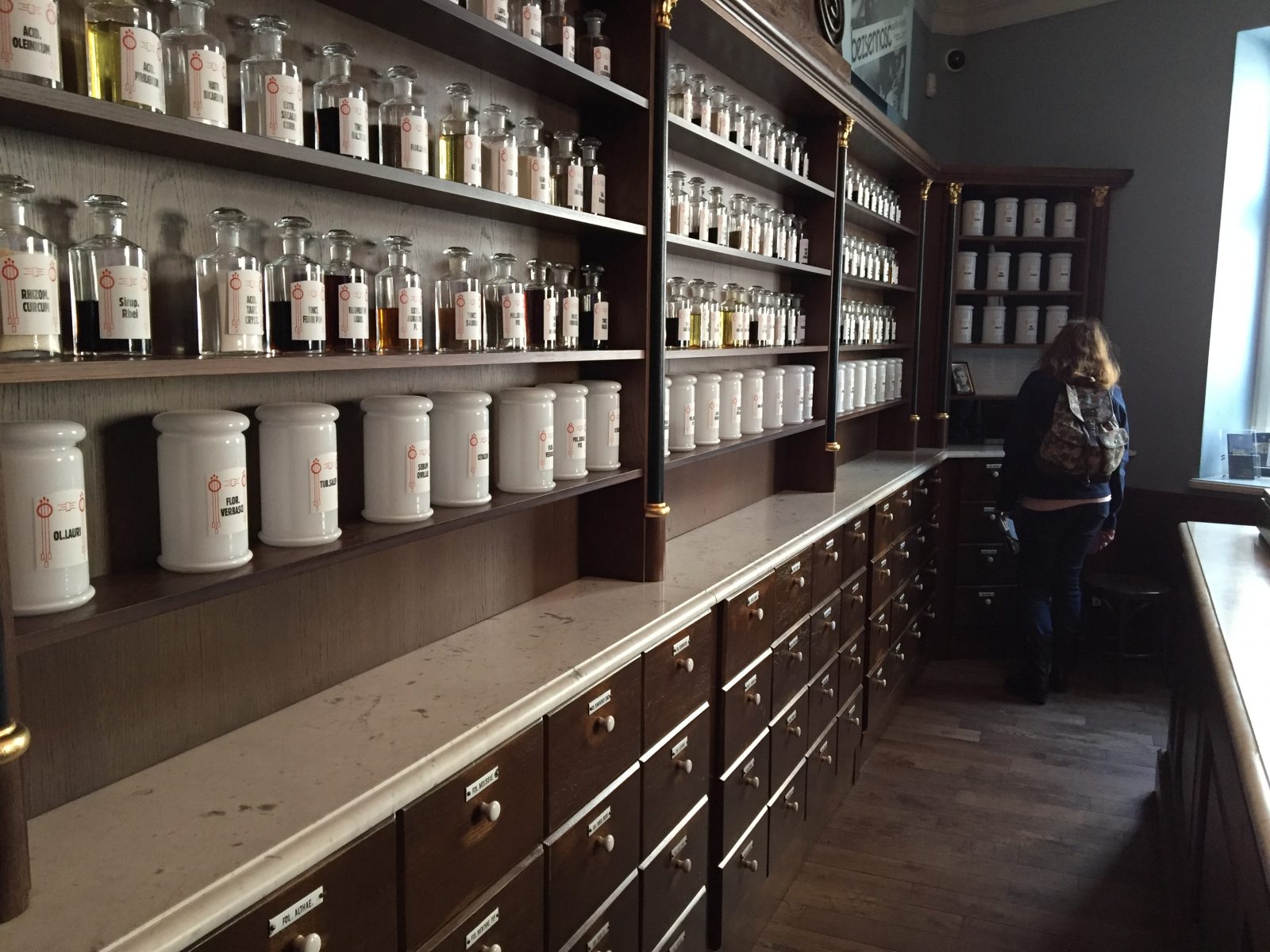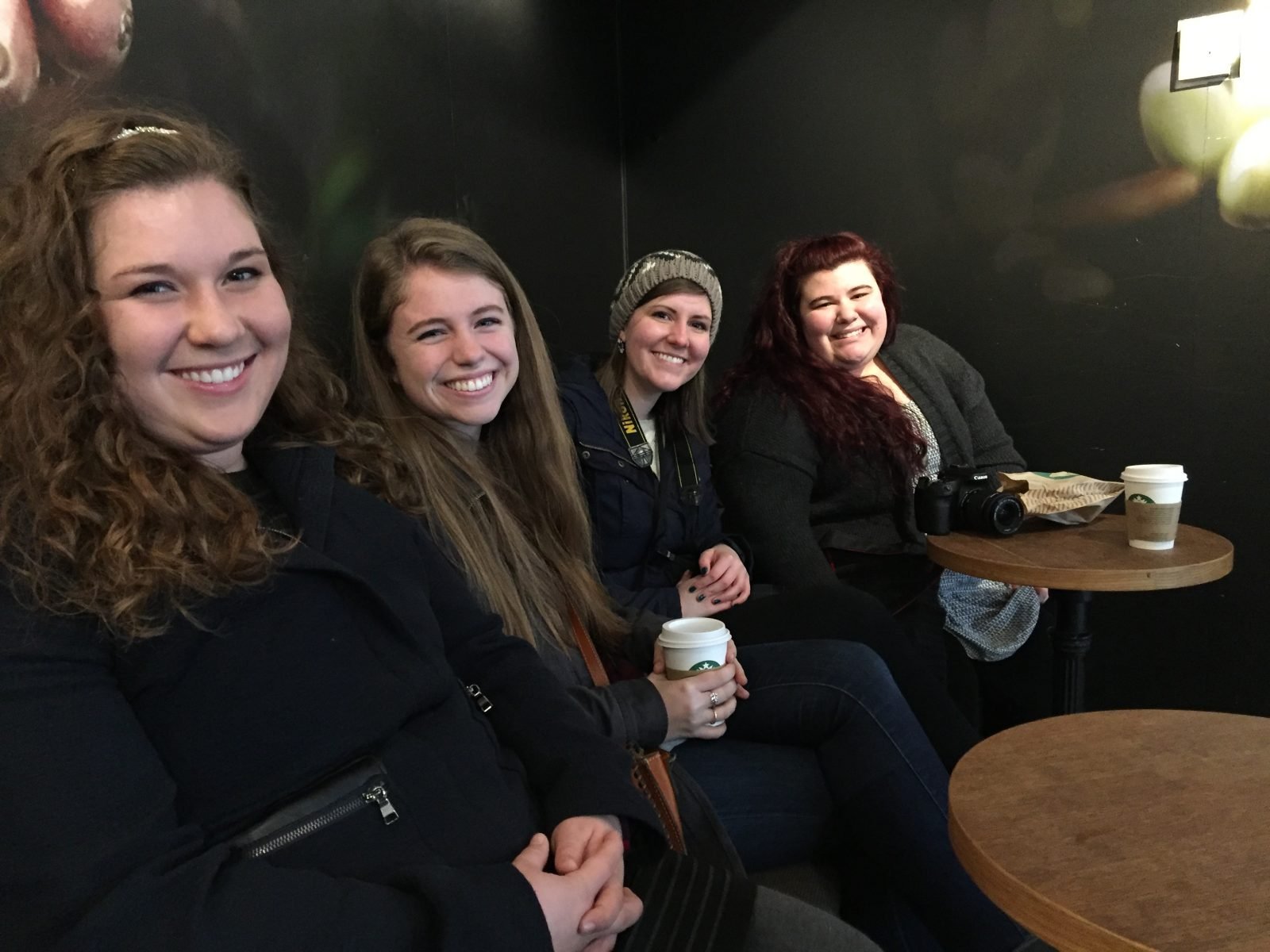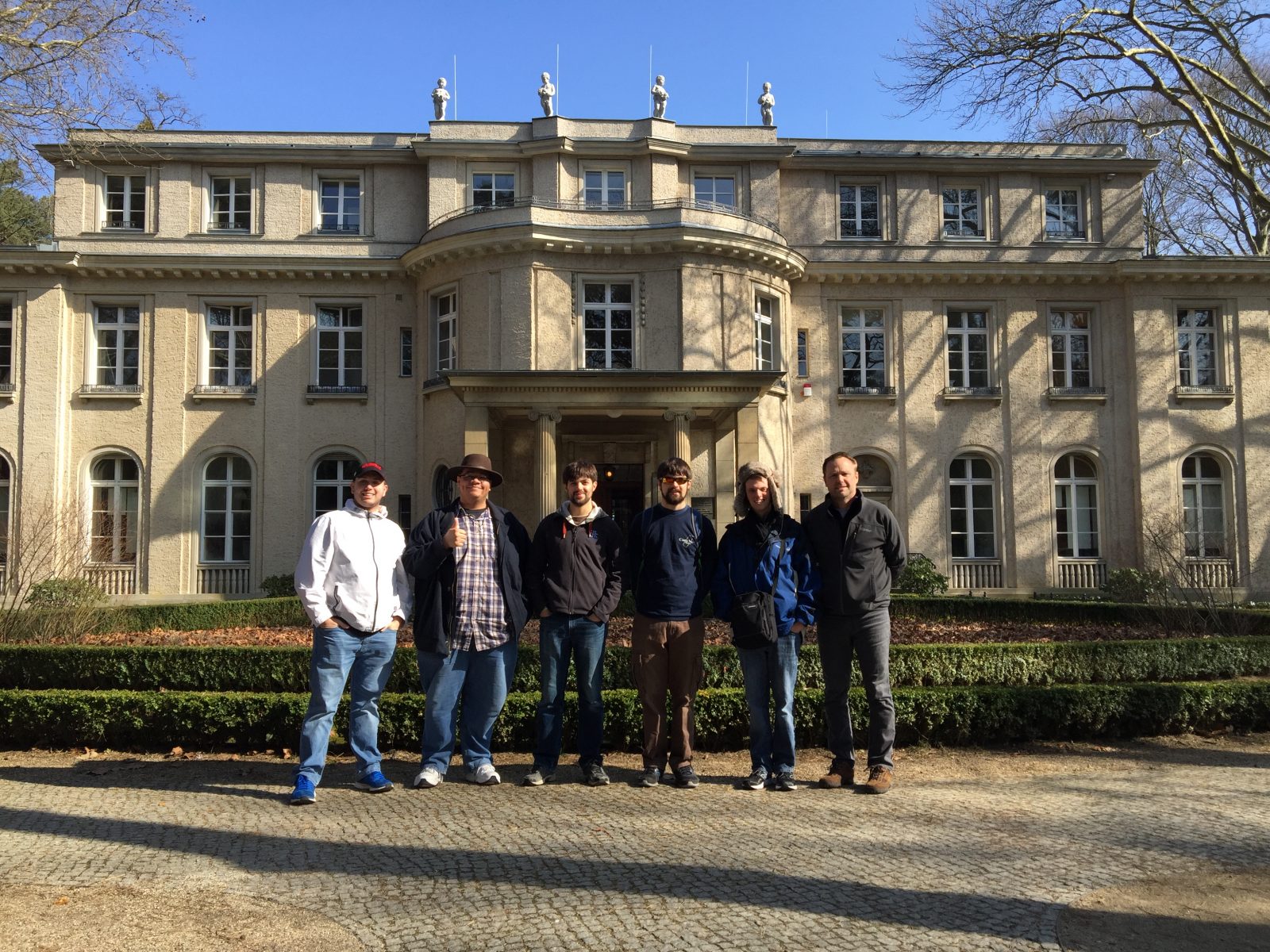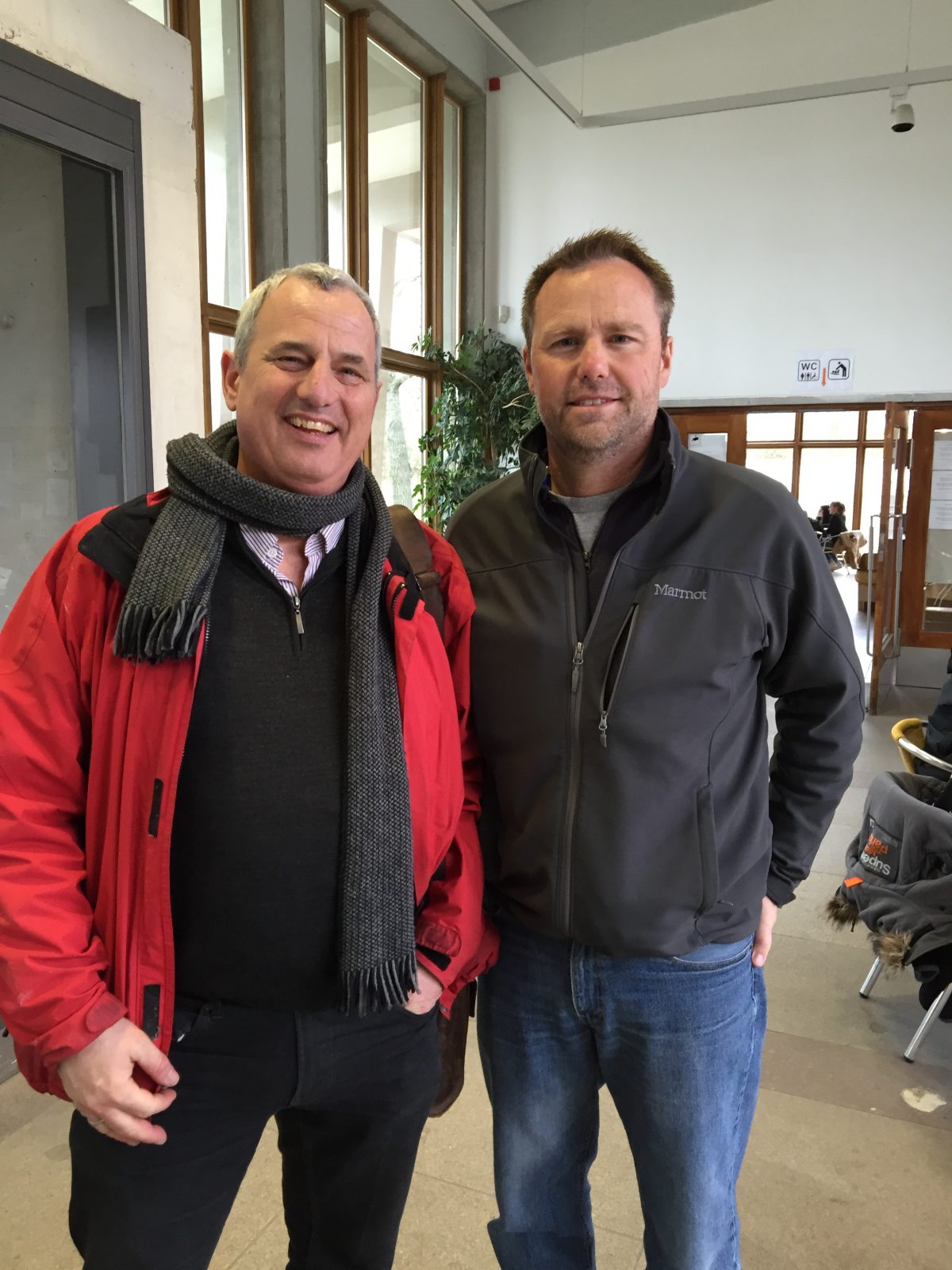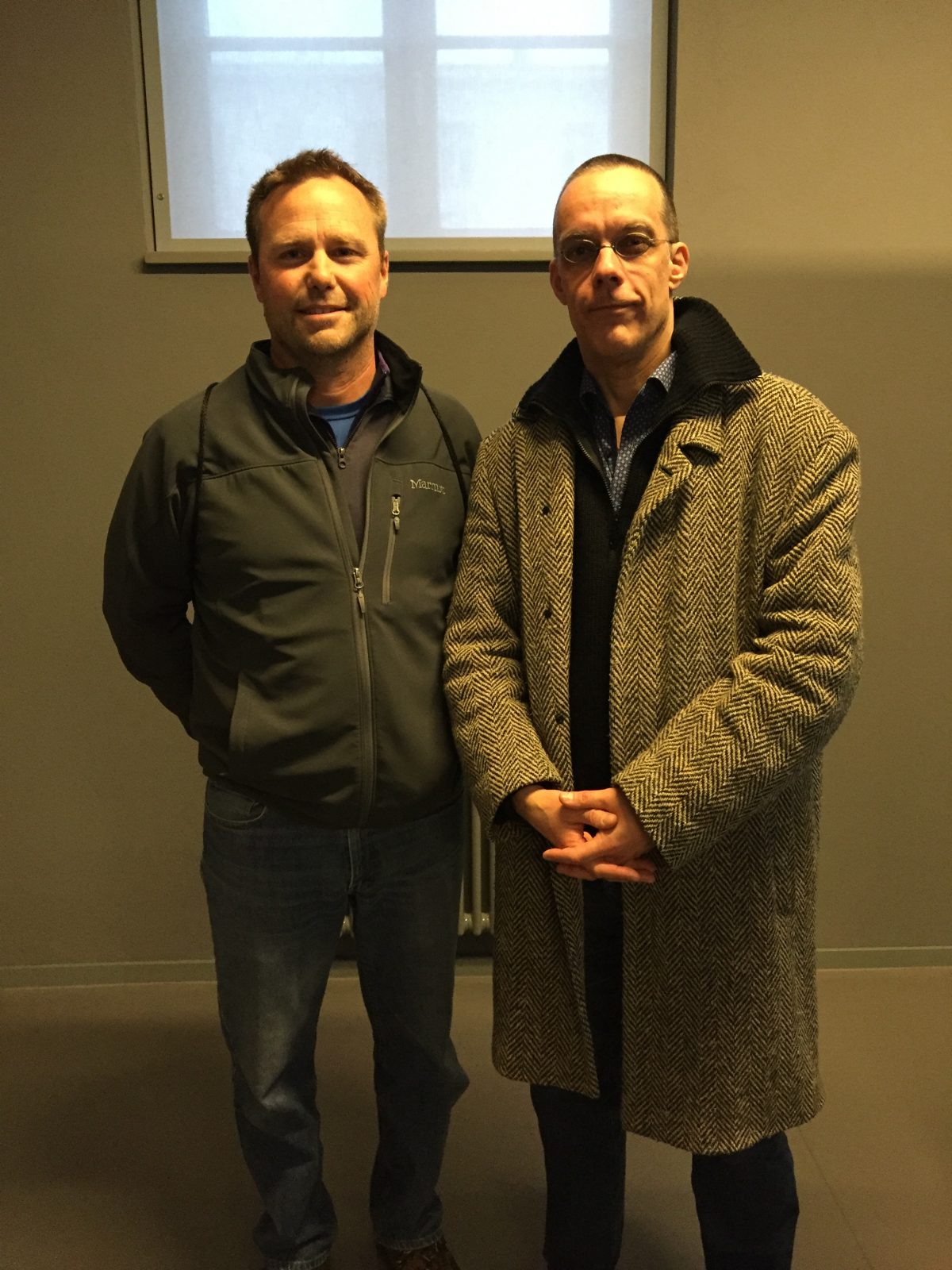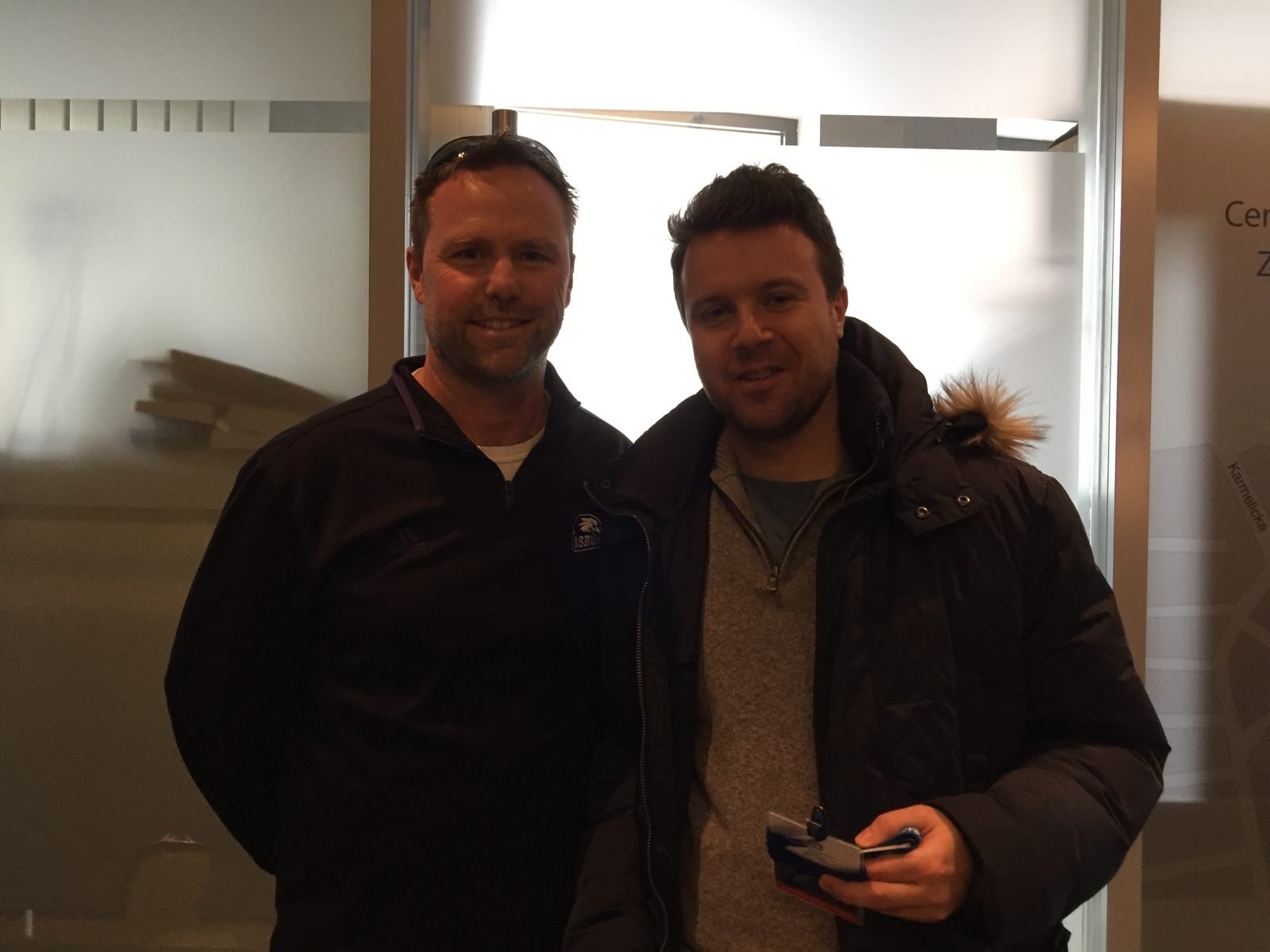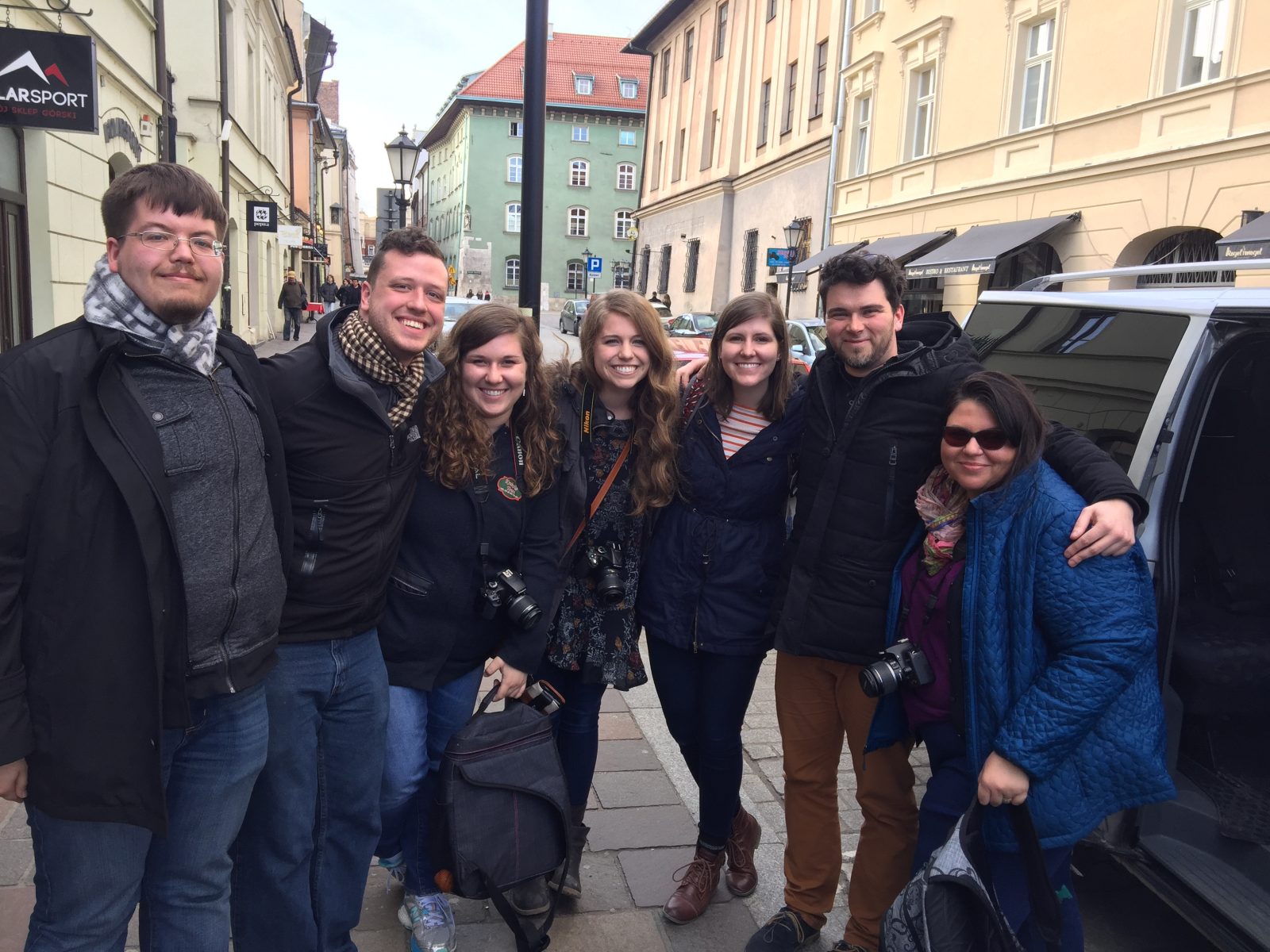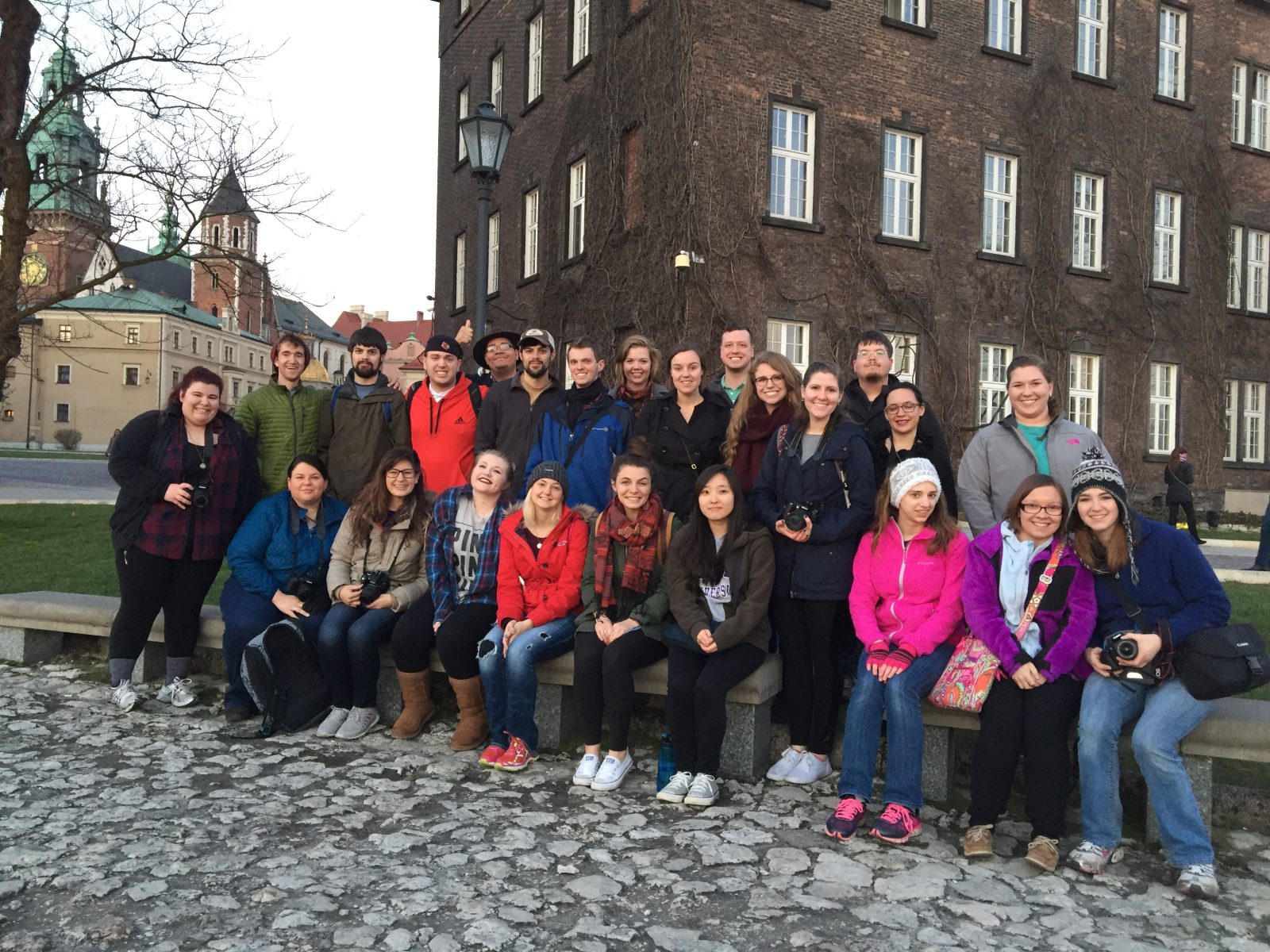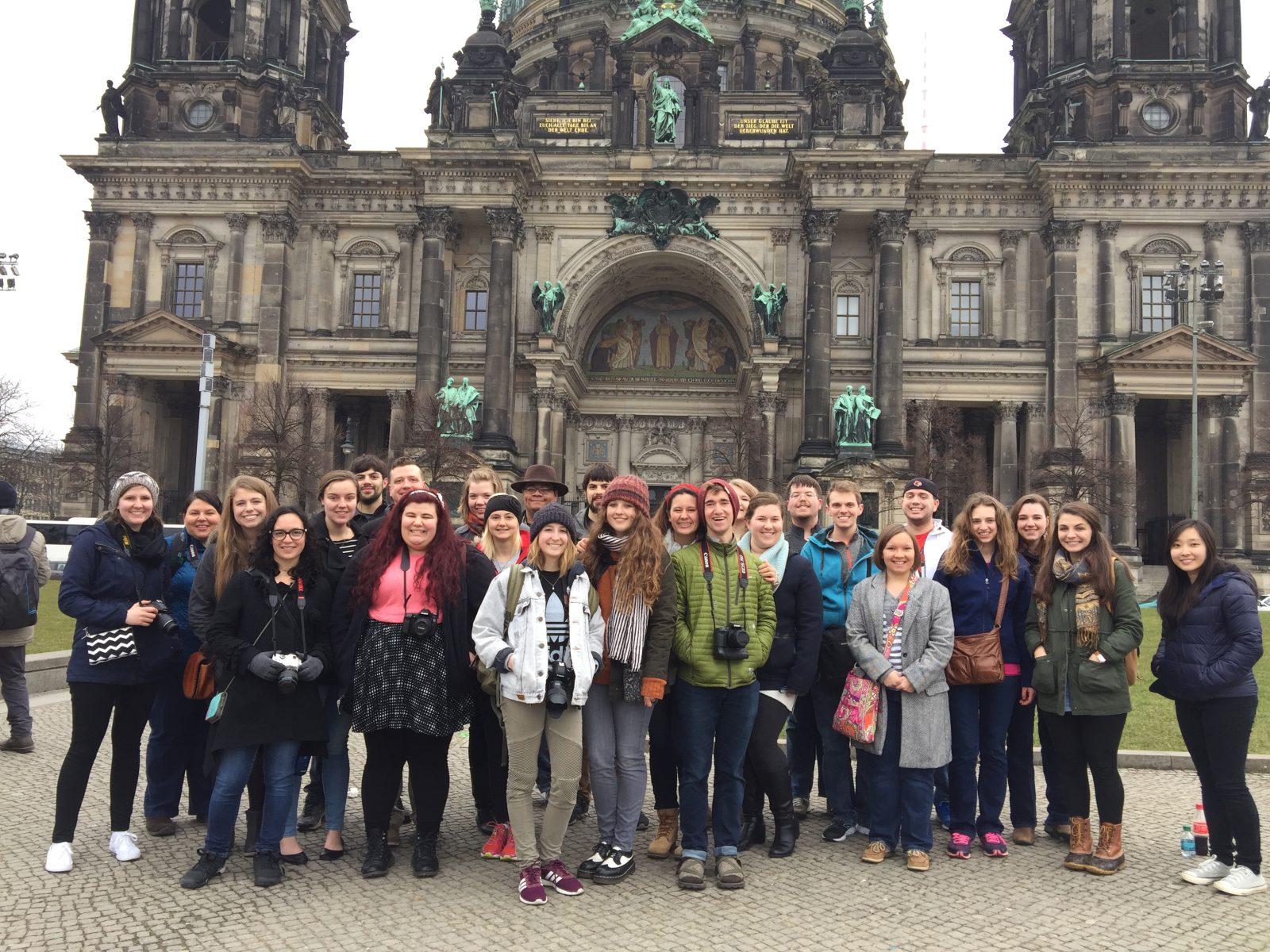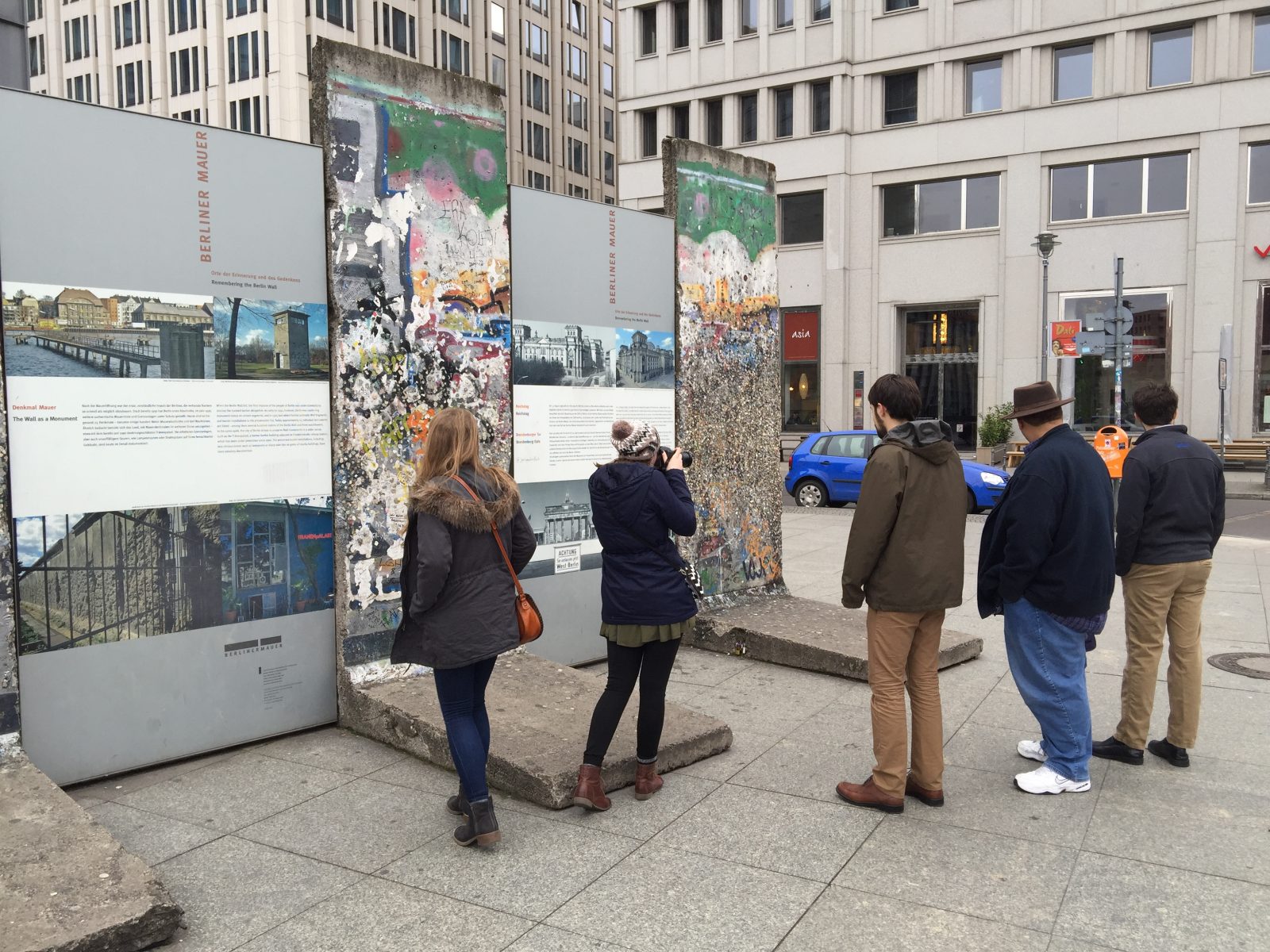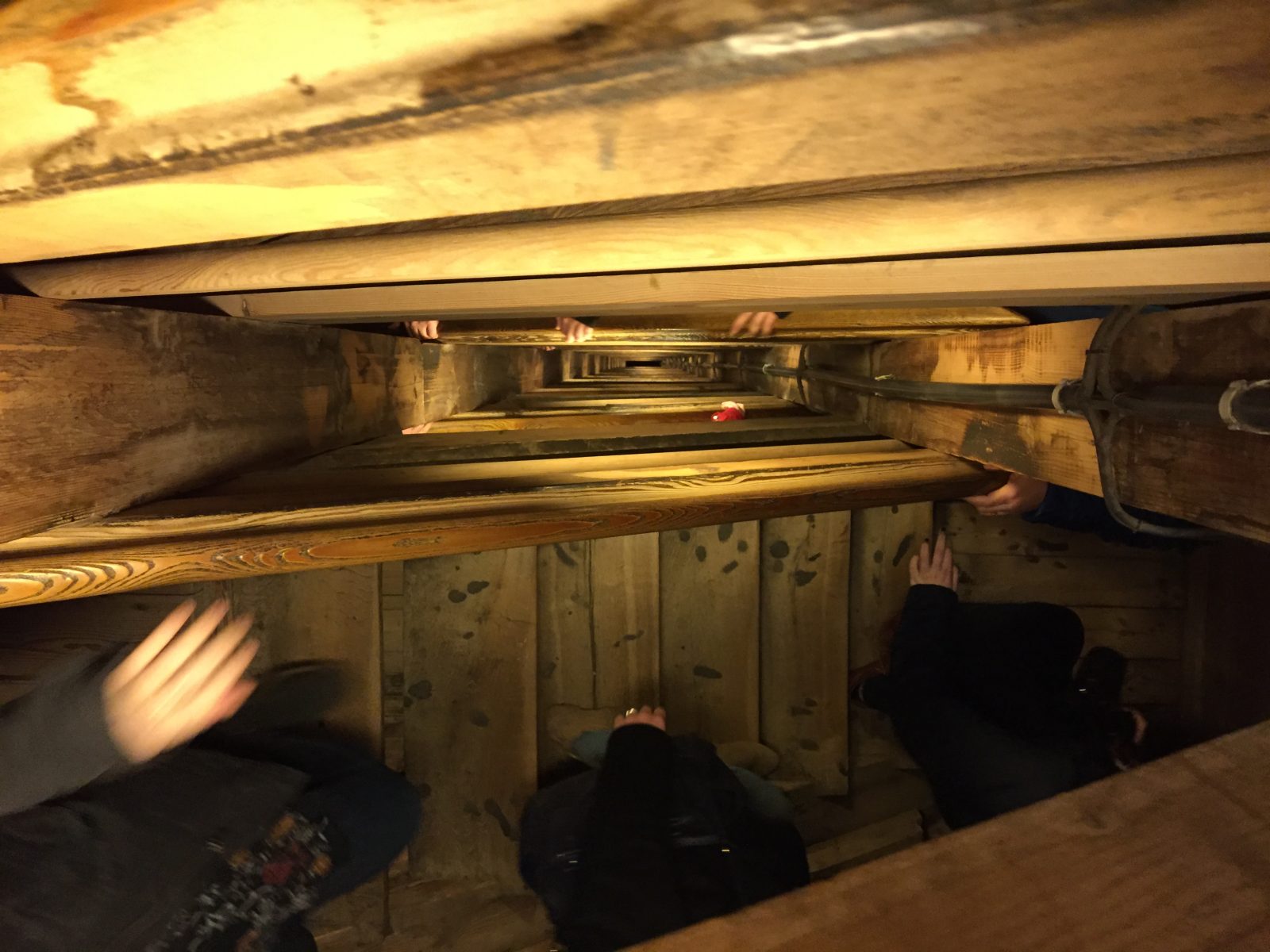Overview
In March 2016, the third Human Dignity Tour of Central Europe took place. This tour shared several similarities with the previous two trips. Like the first year, it was a large group – 25 students (12 psych majors and 13 non-psych majors), but like the second year it was focused on only two cities, Berlin and Kraków. As a result, the students were able to get well acquainted with both locations. As with the 2014 tour, my colleague Dr. Janet Dean joined to help lead the experience. Though I did not know it at the time, this was to be the last tour held during the university’s spring break week in March. Future tours were going to be held in May and June where we could enjoy warmer weather and stay an extra day in each city.
The Travel Packet
Highlights of the Tour
This tour, more than any other, was full of exploration and expansion; many of new sites visited would be kept on the schedule for future tours. As with previous tours, the Topography of Terror Museum was visited, as was Sachsenhausen, Auschwitz I and II, and the Schindler Factory. (Although some went on the optional trip to Ravensbrück, I did not – so I do not have any pictures from that location this year.) Some of the most significant new locations visited include the Euthanasia Museum in Brandenburg, the villa in Wannsee where the so-called “final solution” was orchestrated, the Anne Frank Center in Berlin, and the Wieliczka Salt Mine located just outside Kraków. This mine, a first-list UNESCO-registered World Heritage site, sits more than 800 feet underground, dates back to the 13th century, and features, among other things, a functioning chapel entirely chiseled out of salt. Simply amazing.
Also, Dr. Dean took a few of the interested psychology majors on a free day and trained-it down to Leipzig where they explored the city and toured a display and partial reconstruction of Wilhelm Wundt’s first psychology lab. His lab was first opened in 1875 and was moved around campus a few times while Wundt was a professor. It was lost for good, however, when the Allies bombed Leipzig in February of 1945.
Other new explorations include the 1932 Olympic Stadium in Berlin, the camp set constructed by Steven Spielberg’s crew for the movie, “Schindler’s List,” and the actual villa inhabited by Amon Goth as he was commandant over the Płaszów Concentration Camp – where the Kraków Jews were kept (and from which Oskar Schindler gathered his workers). It looks like it is the process of being reclaimed and renovated. What was, in the 1940’s, a rather isolated house on a largely vacant path on the outskirts of town, is now just one house amidst a string of them that dot Helmana Street. (This house was featured in the 2006 documentary about Helen Jonas-Rosenweig, a Jewish servant girl in Goth’s house, and her meeting with Goth’s daughter, Monika Hertwig, entitled, “Inheritance.”)
One other new feature of the tour was the employment of a tour guide for our visit to Sachsenhausen, the euthanasia museum in Brandenburg, and the museum at Schindler’s factory. (On previous tours, we only employed a guide for Auschwitz I and II.) Even though each of these sites have countless placards and also prerecorded audio guides to help describe what occurred, it became clear that a quality tour guide can add an important dynamic dimension to a site visit.
Finally, it should be noted that this group enjoyed a lot of meals together. Though large in number, we were able to have breakfast together every morning and oftentimes shared a meal together in the evening. The group overcame its size and bonded incredibly well together.
Personal Highlights
Personally speaking, this is the year when I started to feel a great deal of comfort and ease leading the trip. A greater familiarity with the layout of each city, the ground transportation systems, and the language propelled me to go out and try to find several new places, like the Reichstag in downtown Berlin, the resort village of Wannsee to the southwest of Berlin, and the 1936 Olympic Stadium in northwest Berlin. (The outside, by the way, looks just like it did when Hitler welcomed the world, including Jesse Owens, to Berlin. While the inside has been converted into a modern sports venue, currently hosting the Hertha BSC professional football club.) In Kraków, we wandered around and found the famous dragon of Kraków, the apartment building that held Schindler’s flat, a beautiful old church, the Corpus Christi Basilica (dating back to 1335), the remnants of the “Schindler List” set from the early 90’s. We also found and ventured into the Pankiewicz Pharmacy Museum, where the non-Jewish owner famously worked secretively from inside the ghetto to supply the Jews with resources from the outside during the occupation.
I will also remember coffee talks with psych majors, going on new adventures with groups of students, and all the wonderful tour guides and museum directors that we met. Most notably, this was the first time I met Dr. Christian Marx, the director of the Brandenburg Euthanasia Museum. He has proved to be a tremendous resource to every tour since.

Some psych majors chillin’ at a Kraków coffee shop 
The guys visit to the Wannsee Villa 
Our guide, Thomas Kunz, at Sachsenhausen 
Dr. Christian Marx, Director of Brandenburg Euthanasia Museum 
Our guide at Schindler’s Factory Museum 
Some of us with our guide to the Wieliczka Salt Mine
Future Tours
For more information about future academic tours, check out this website: https://www.asbury.edu/academics/cce/travel-courses/germany-poland/
